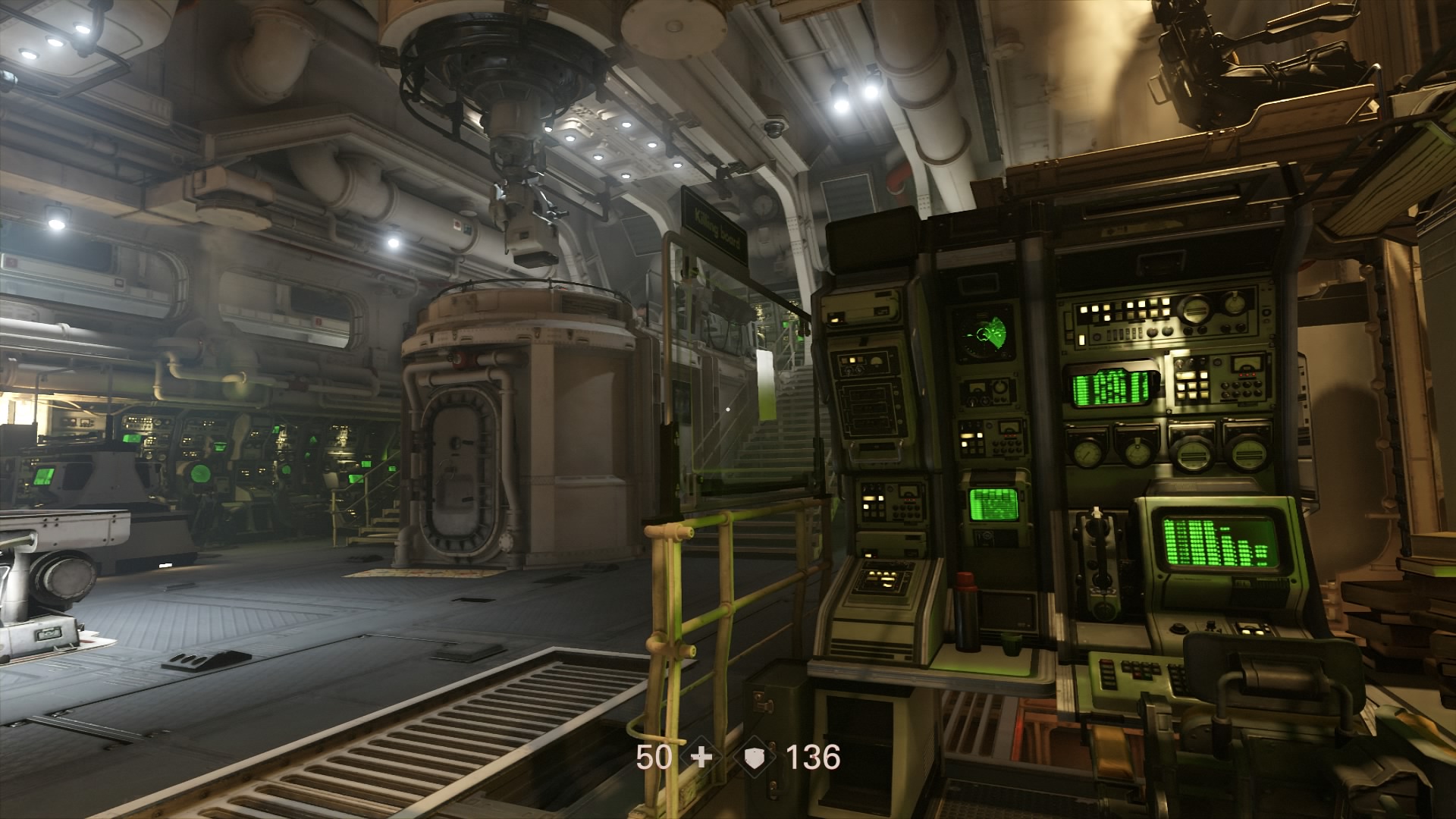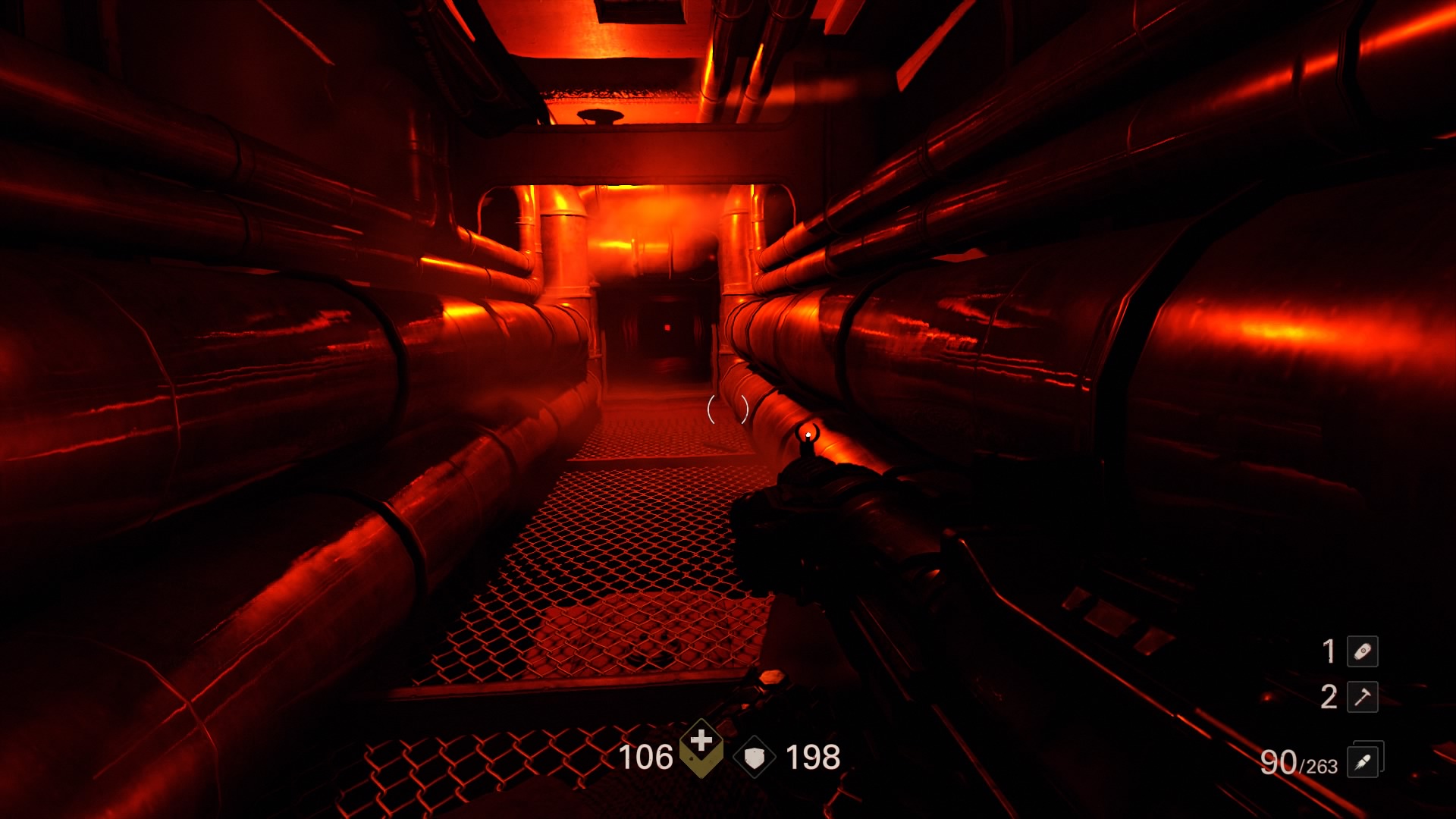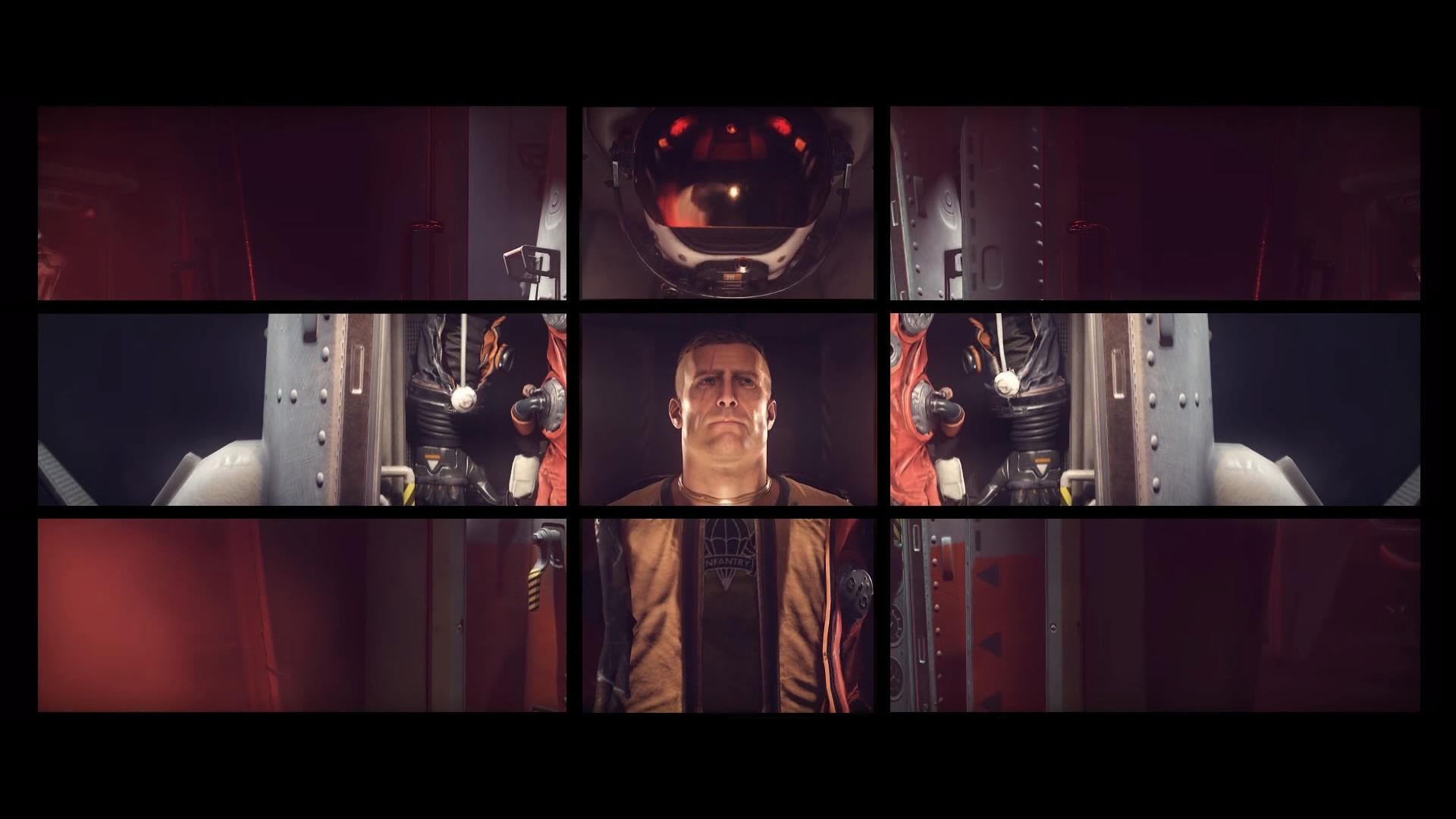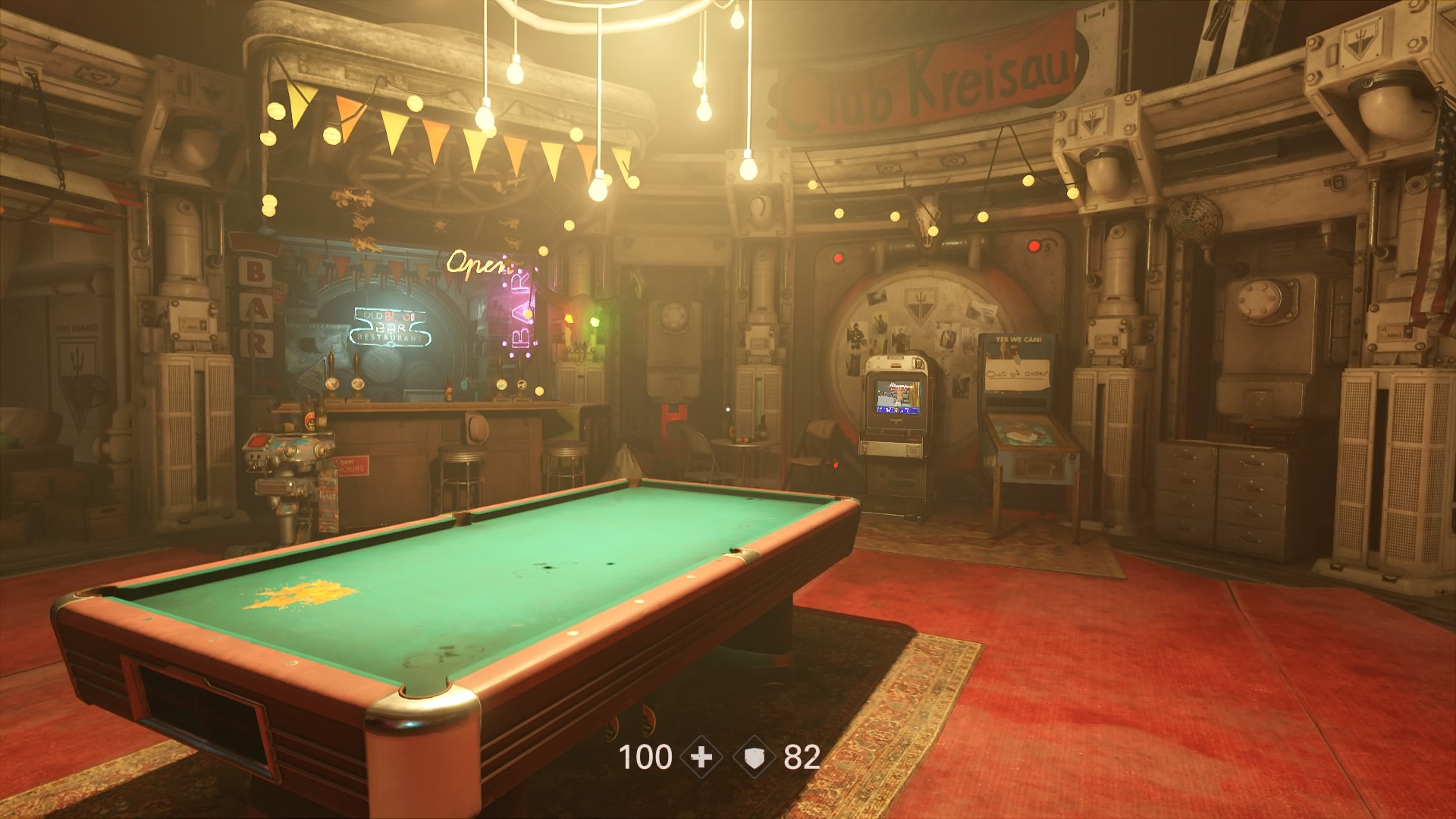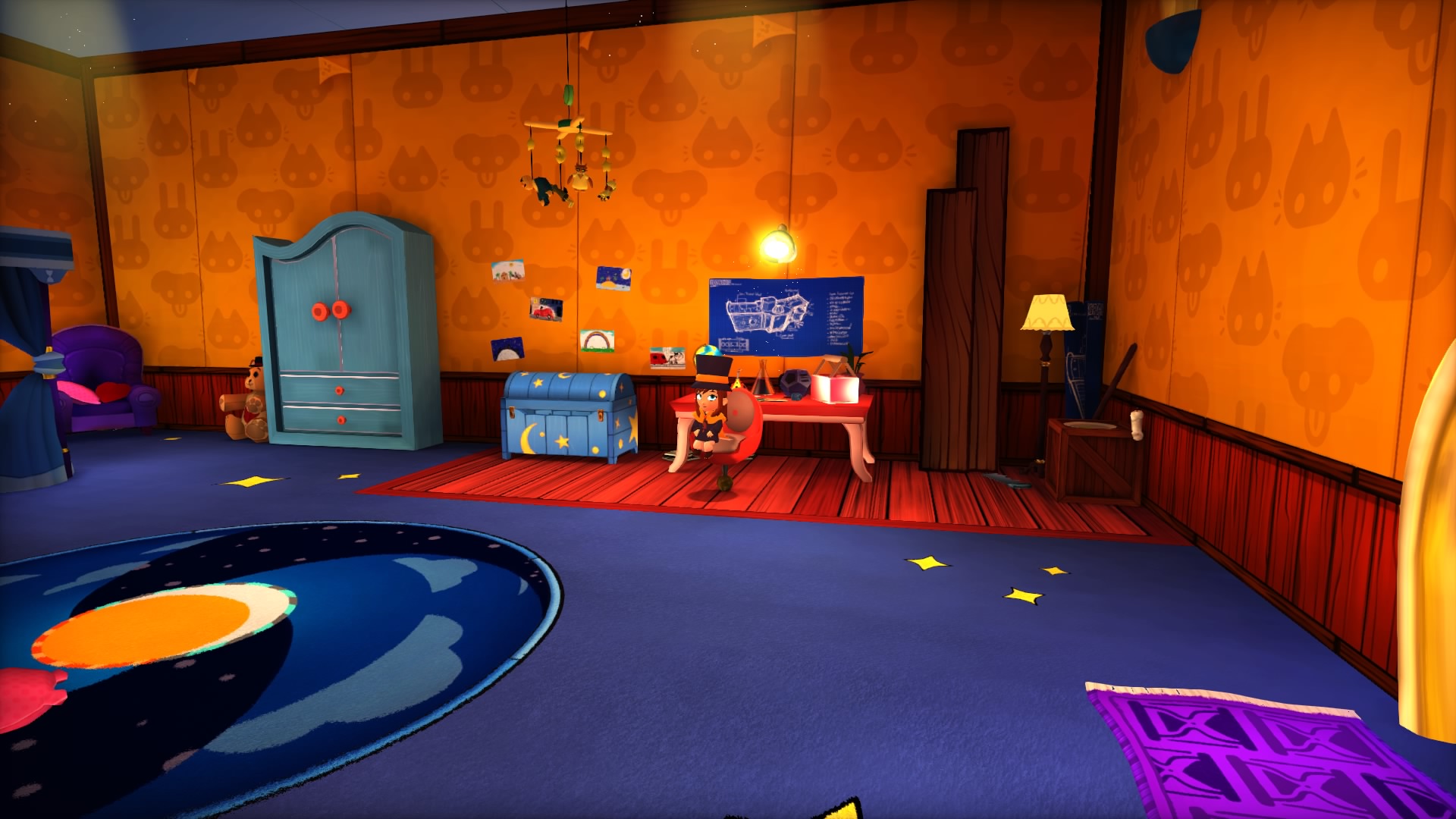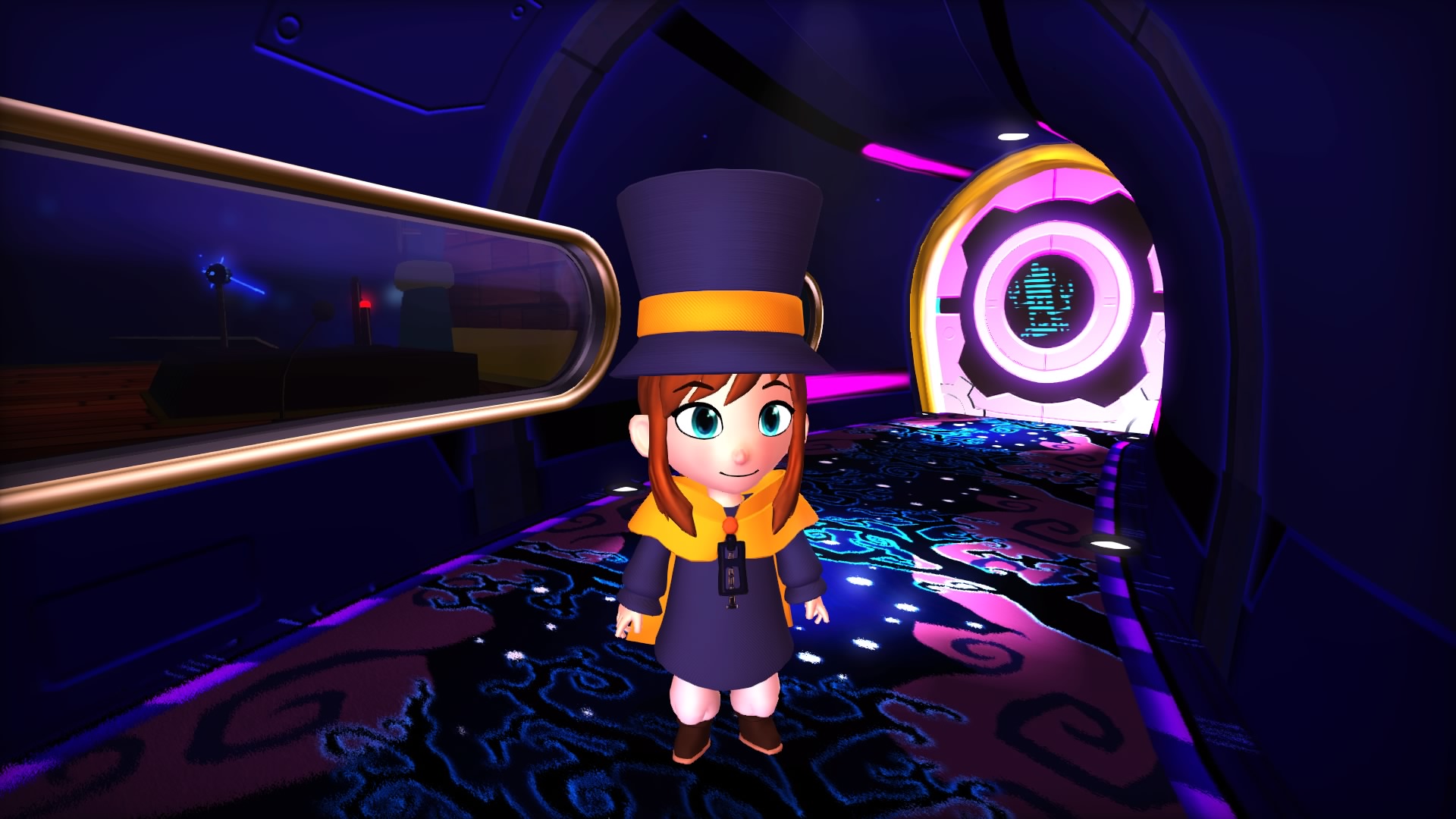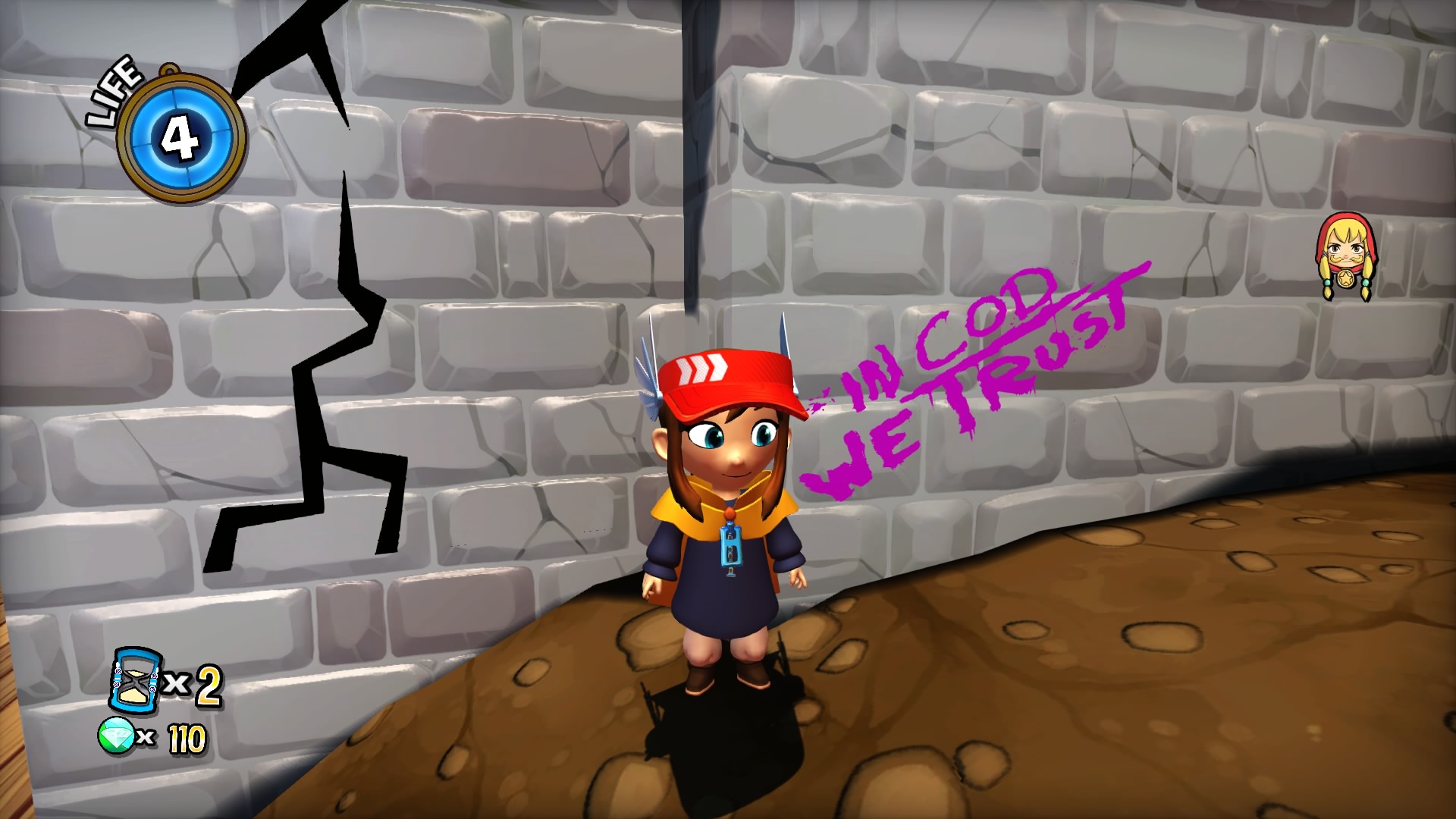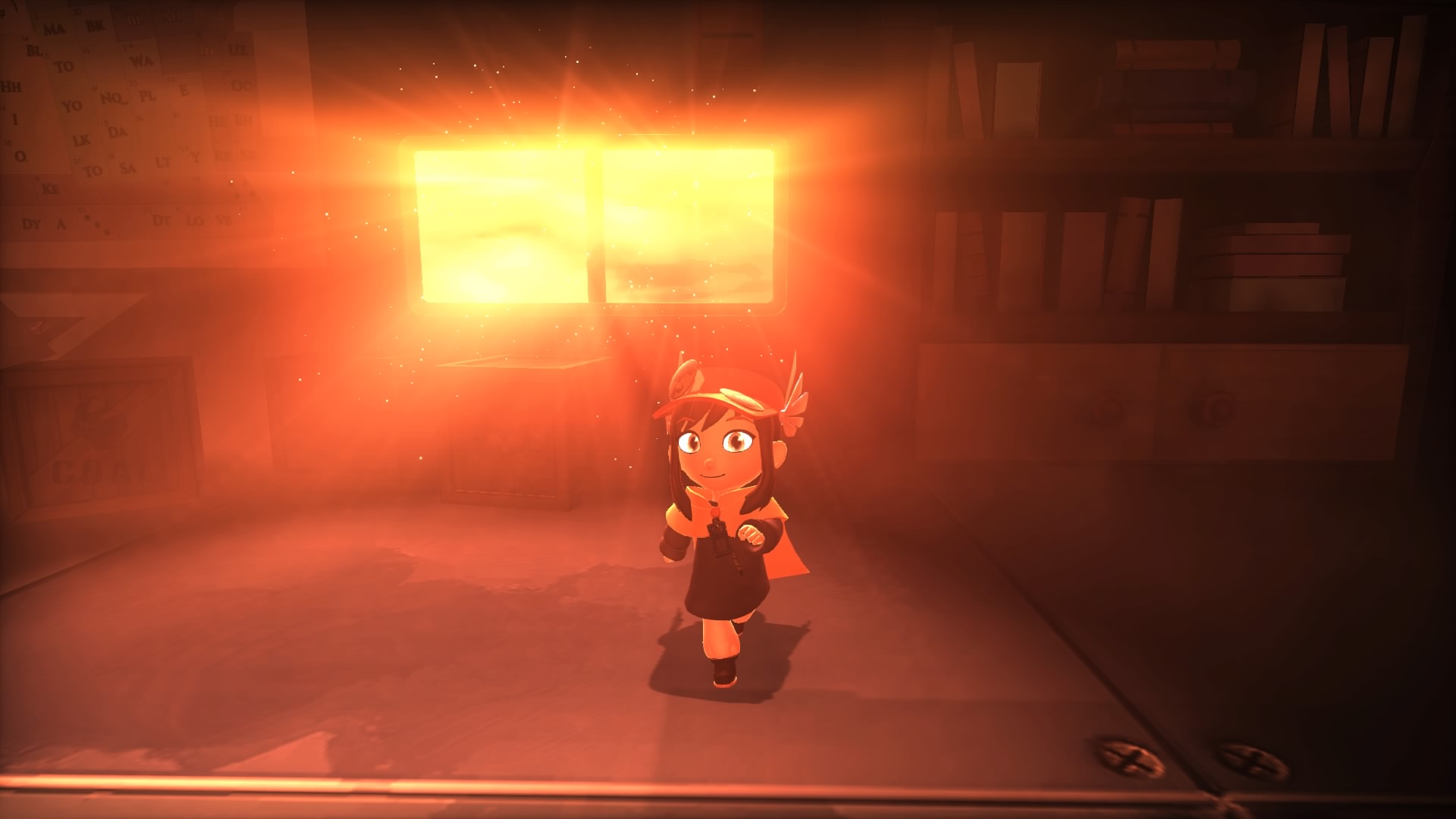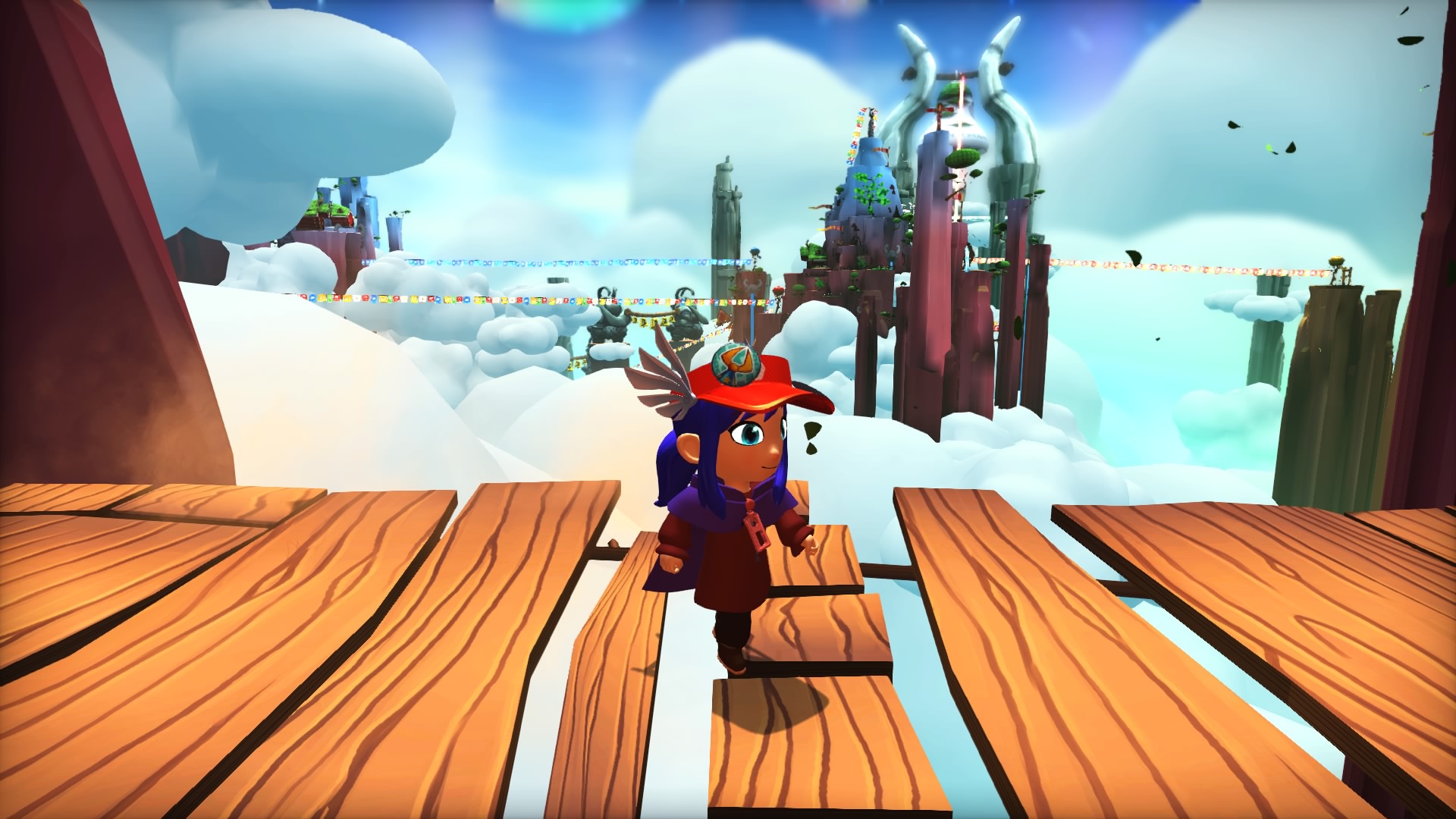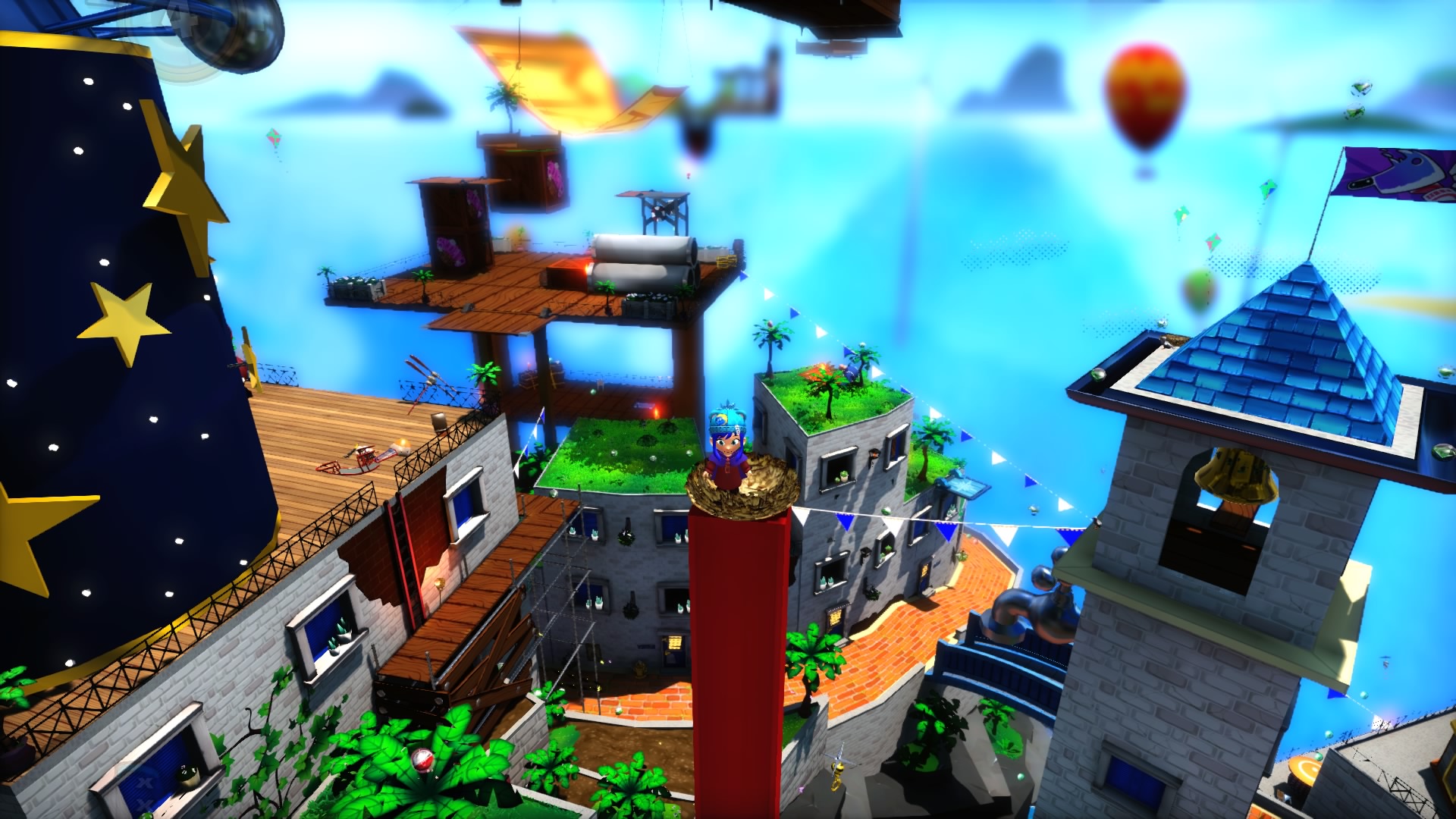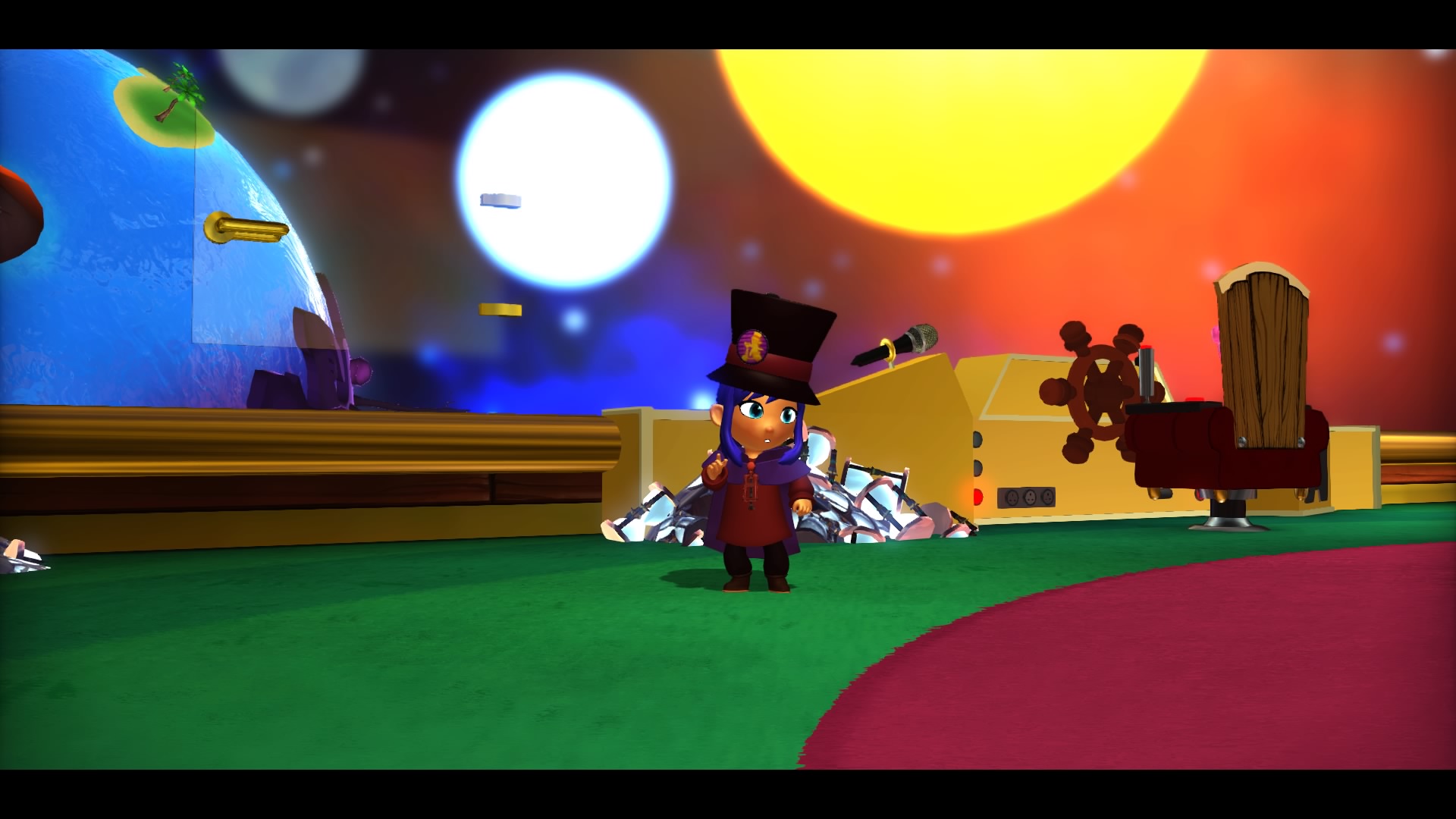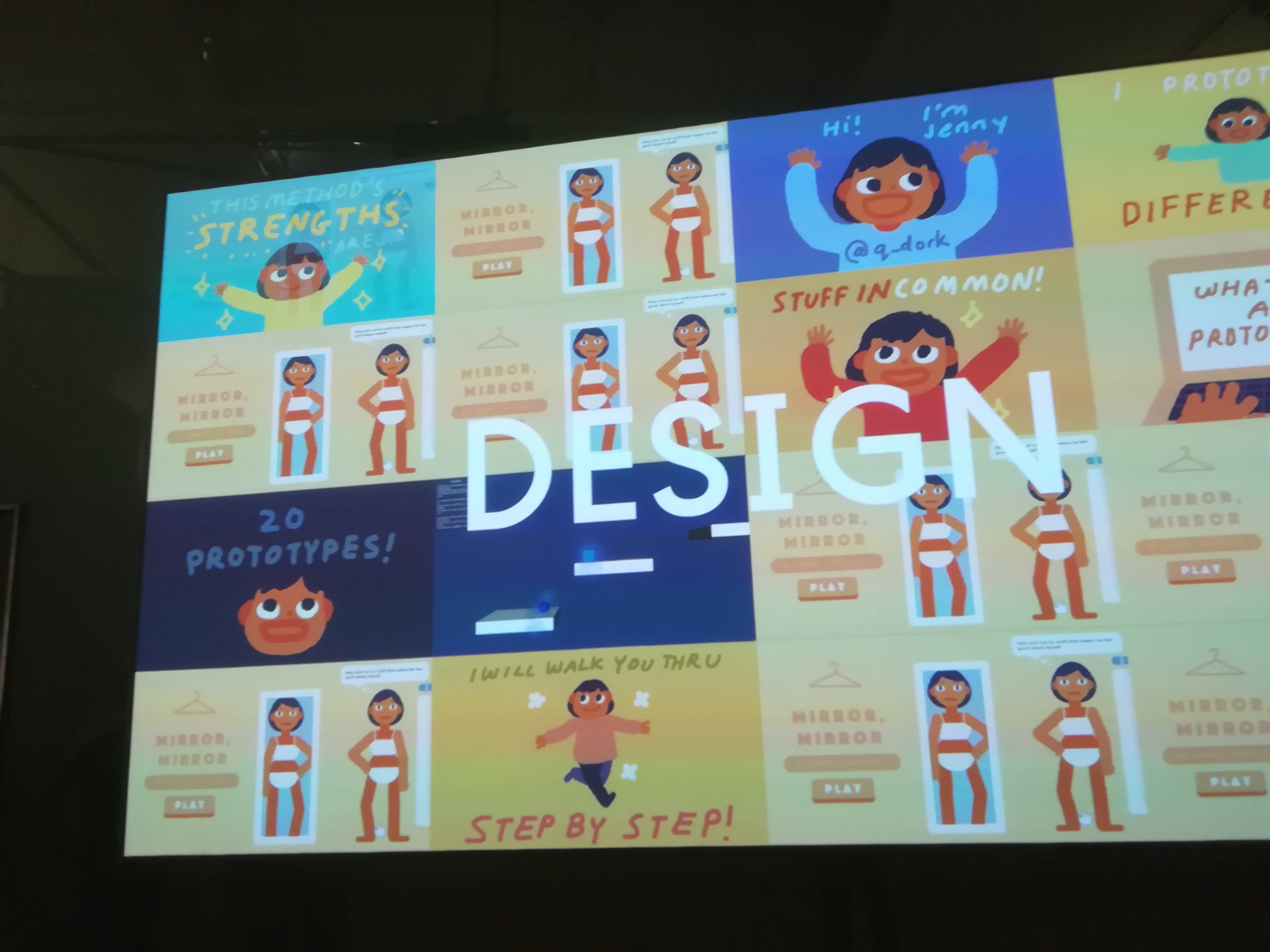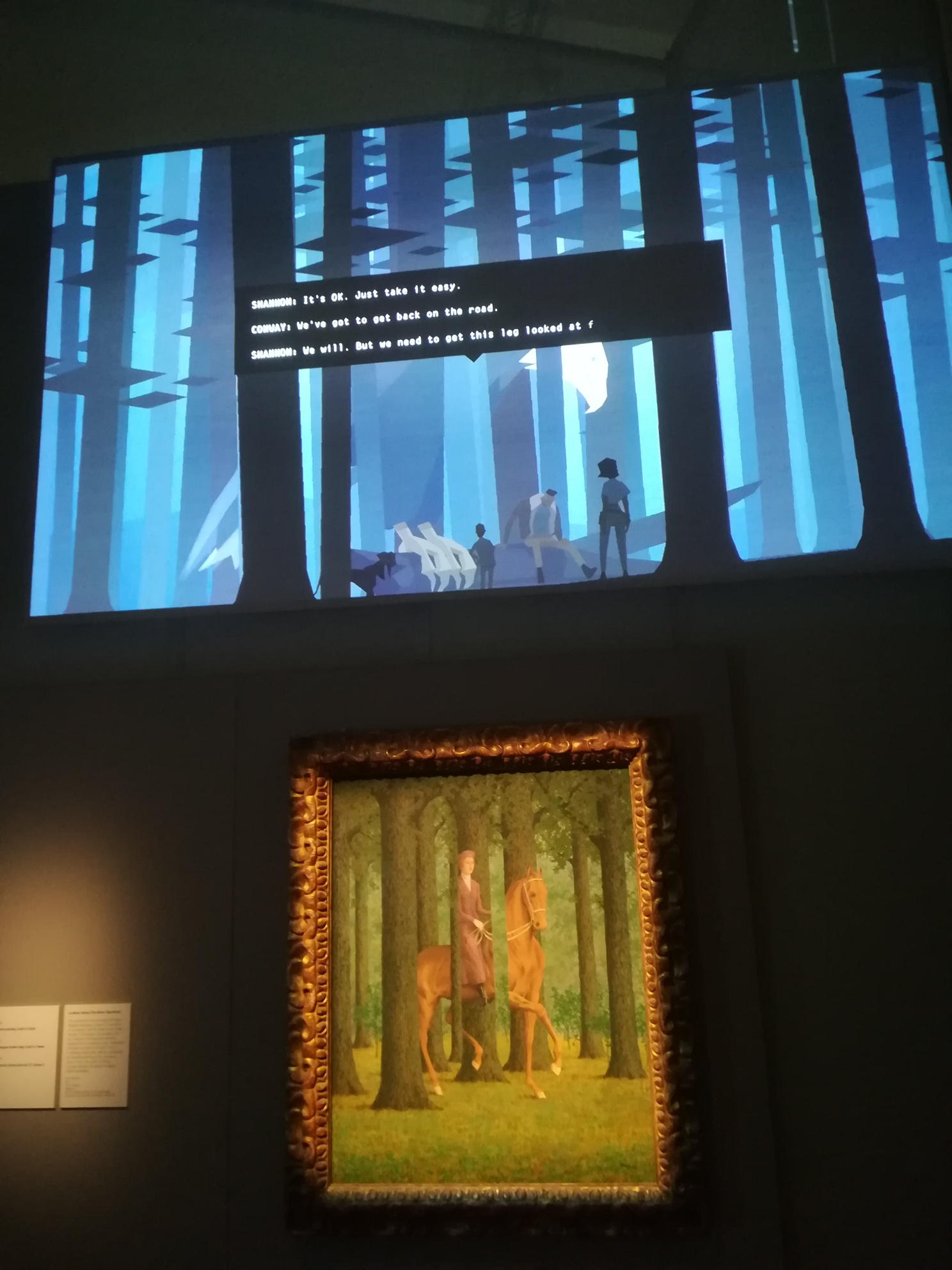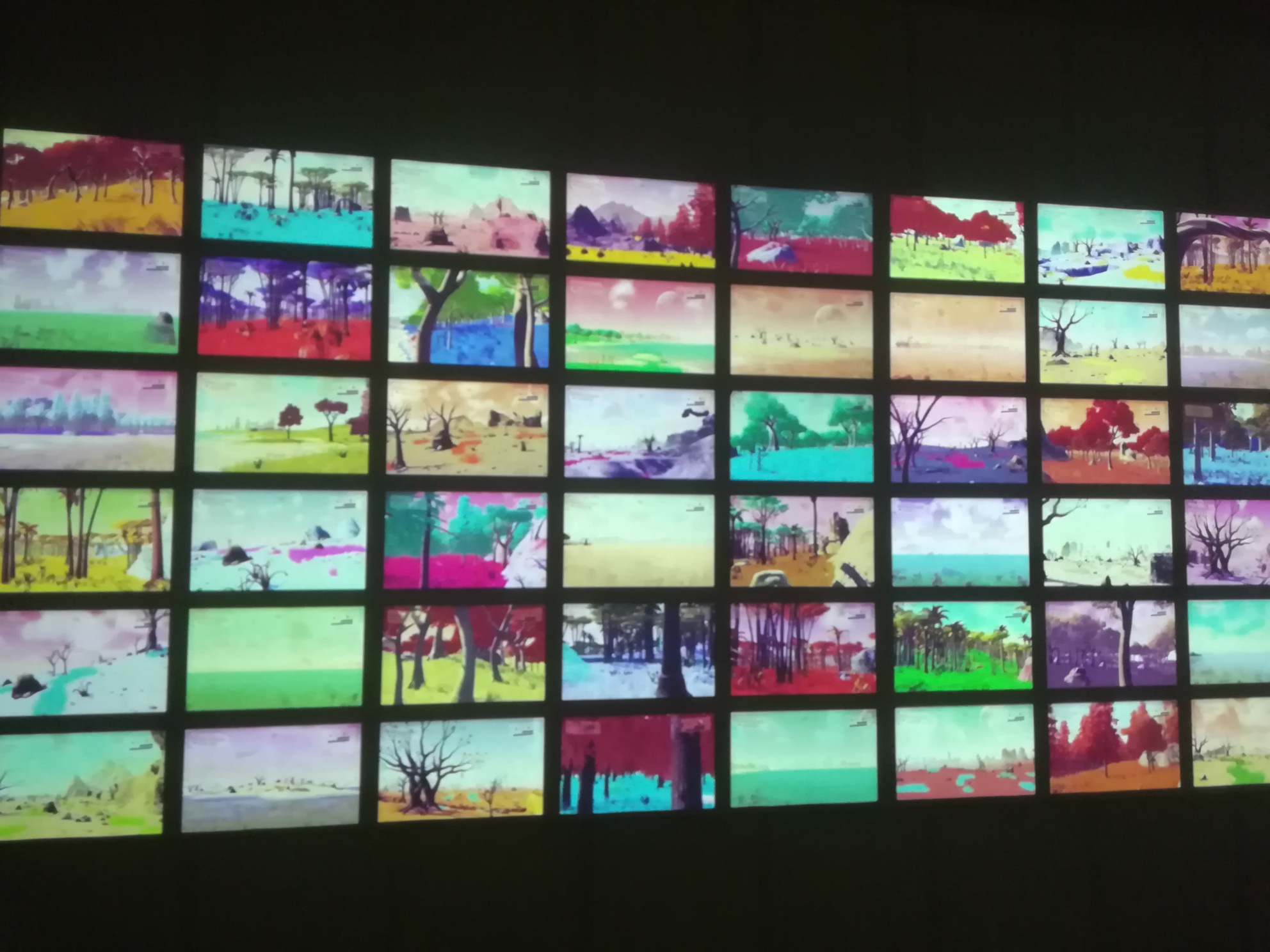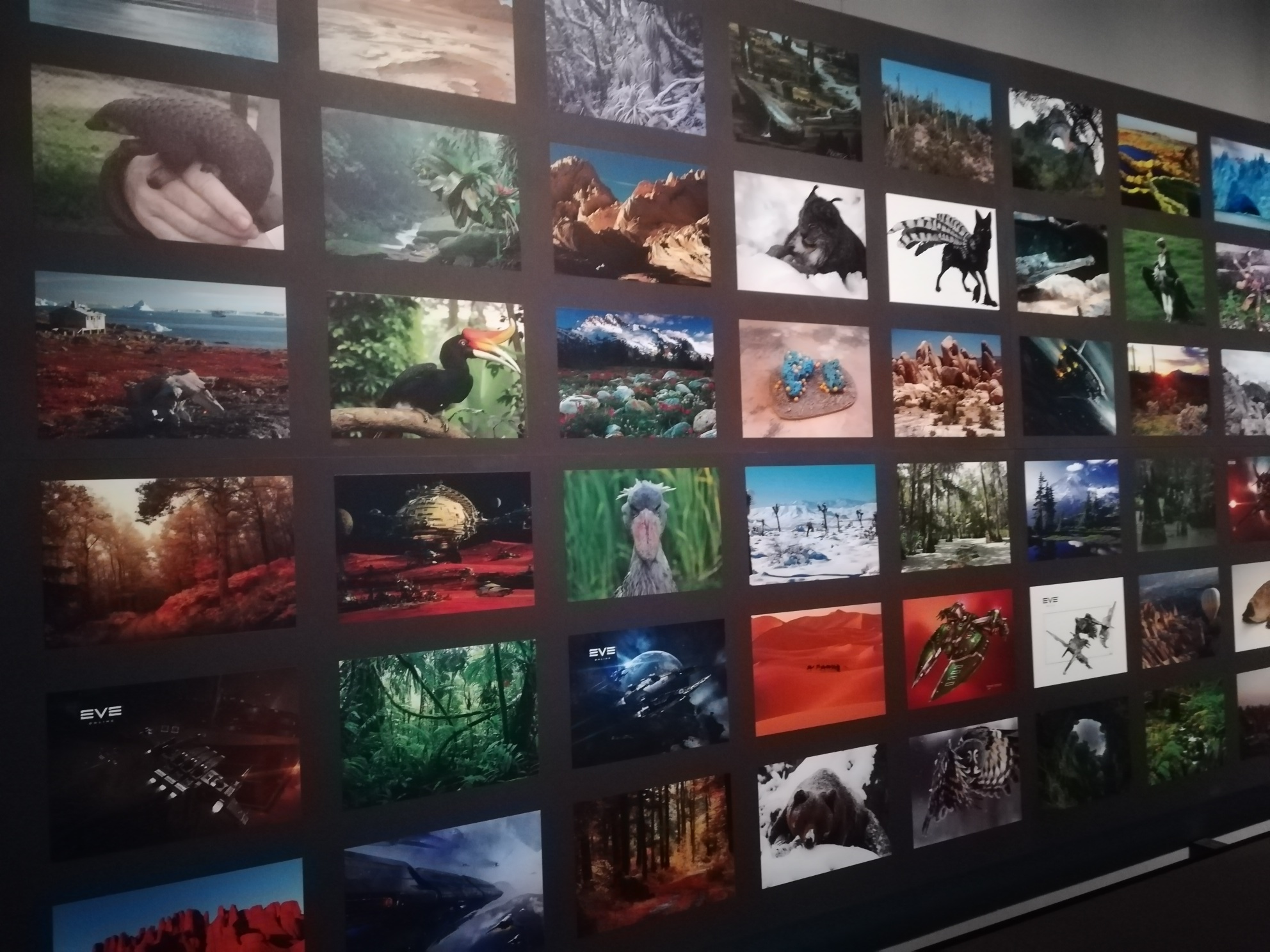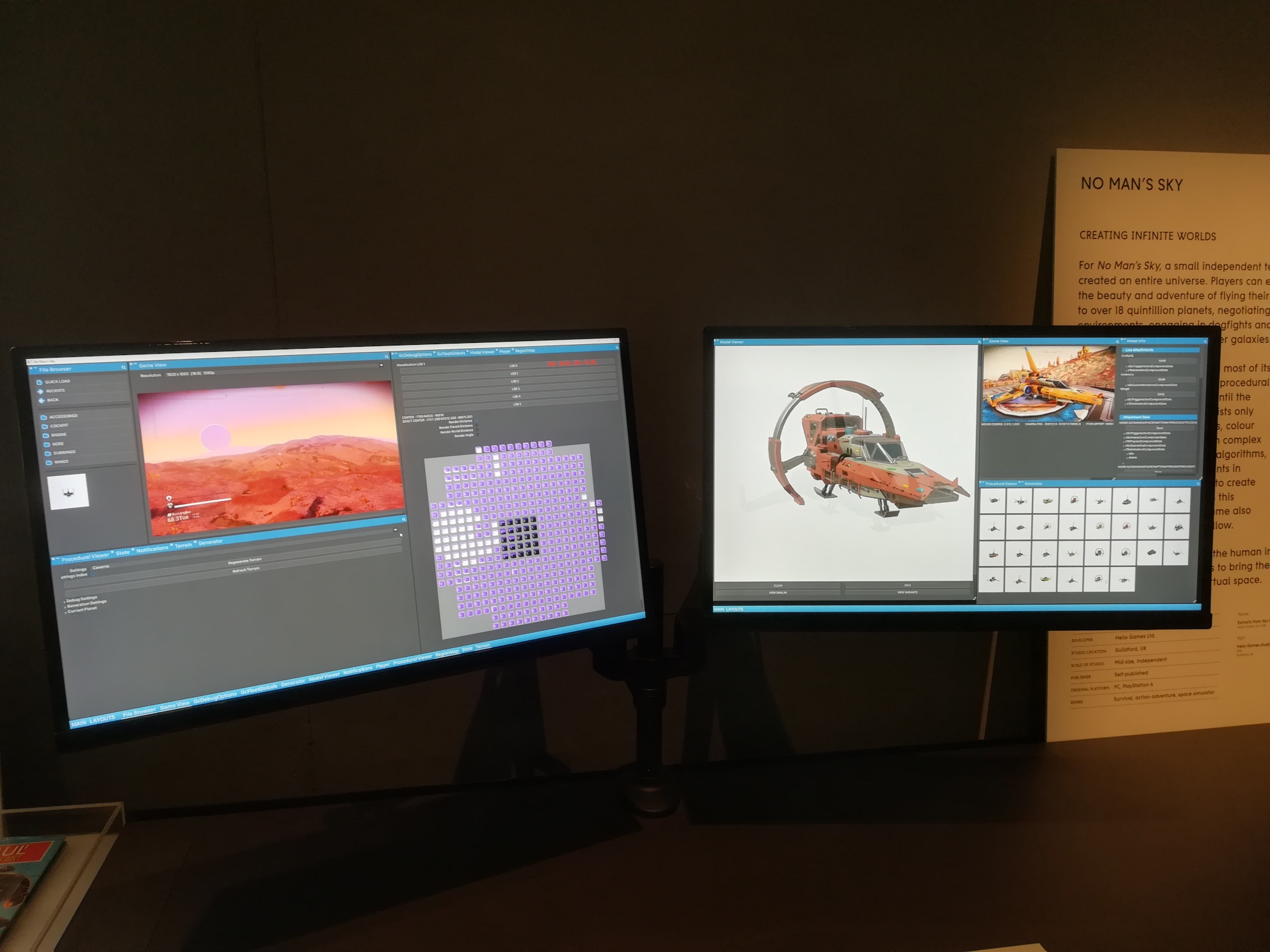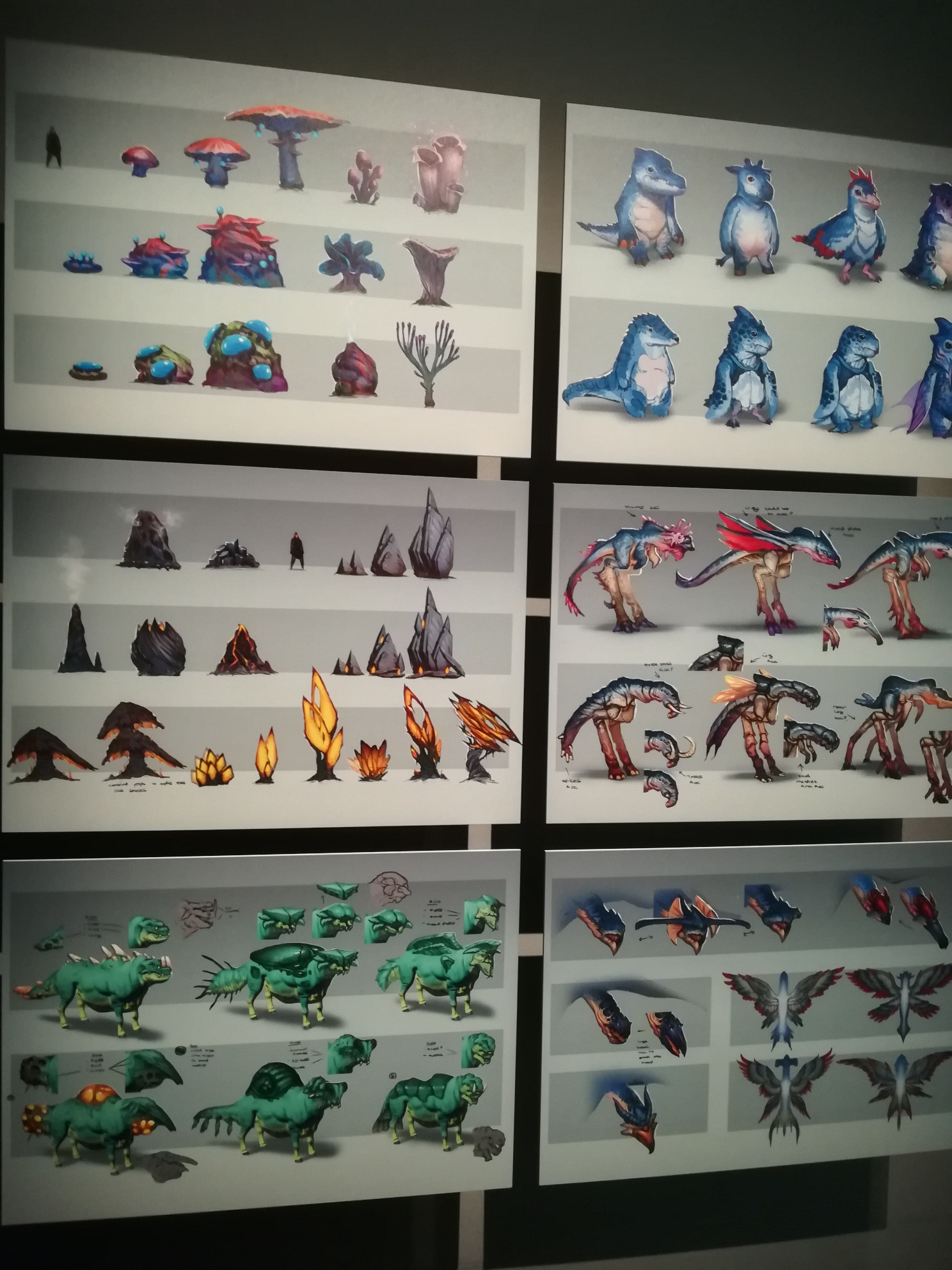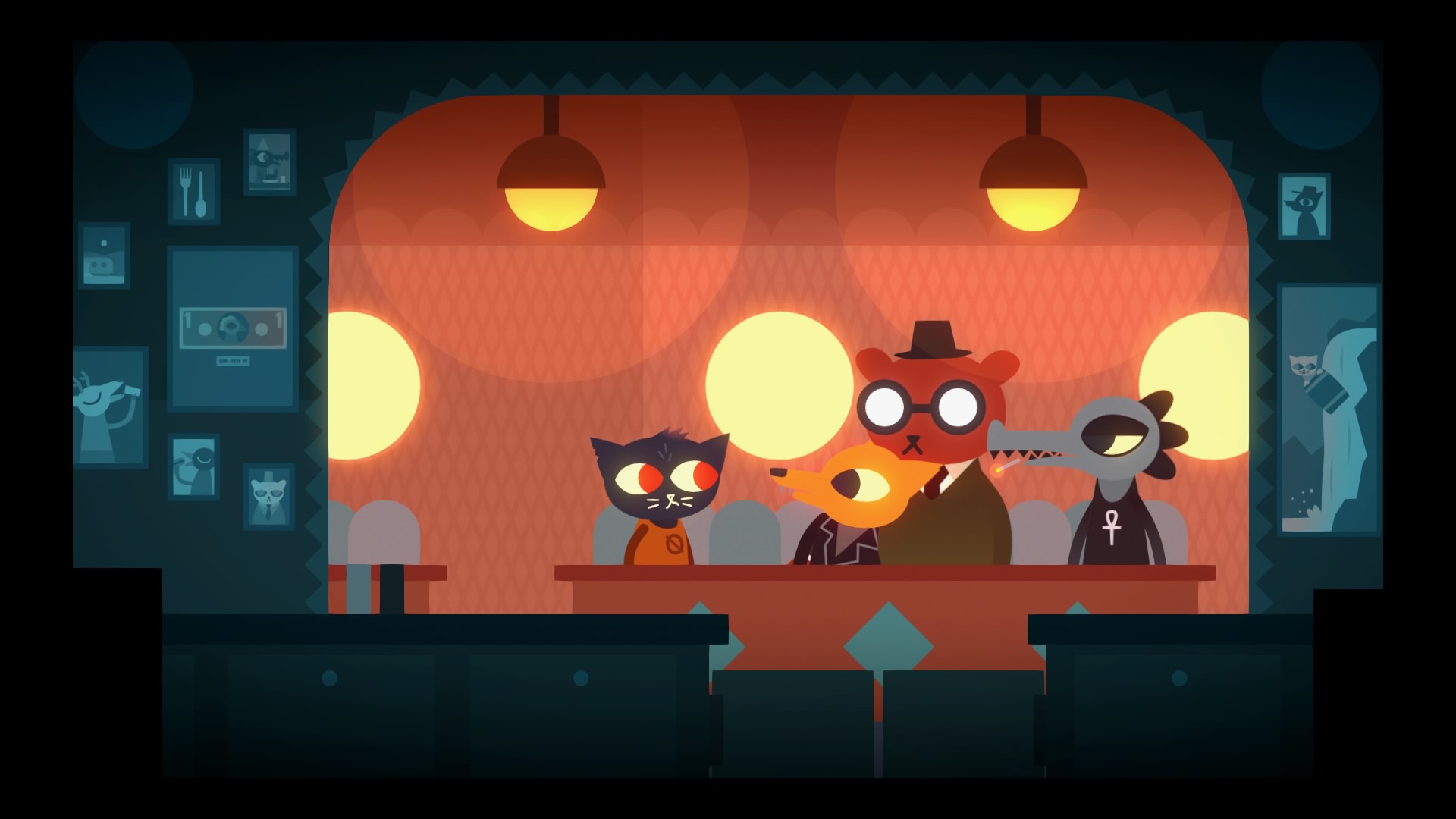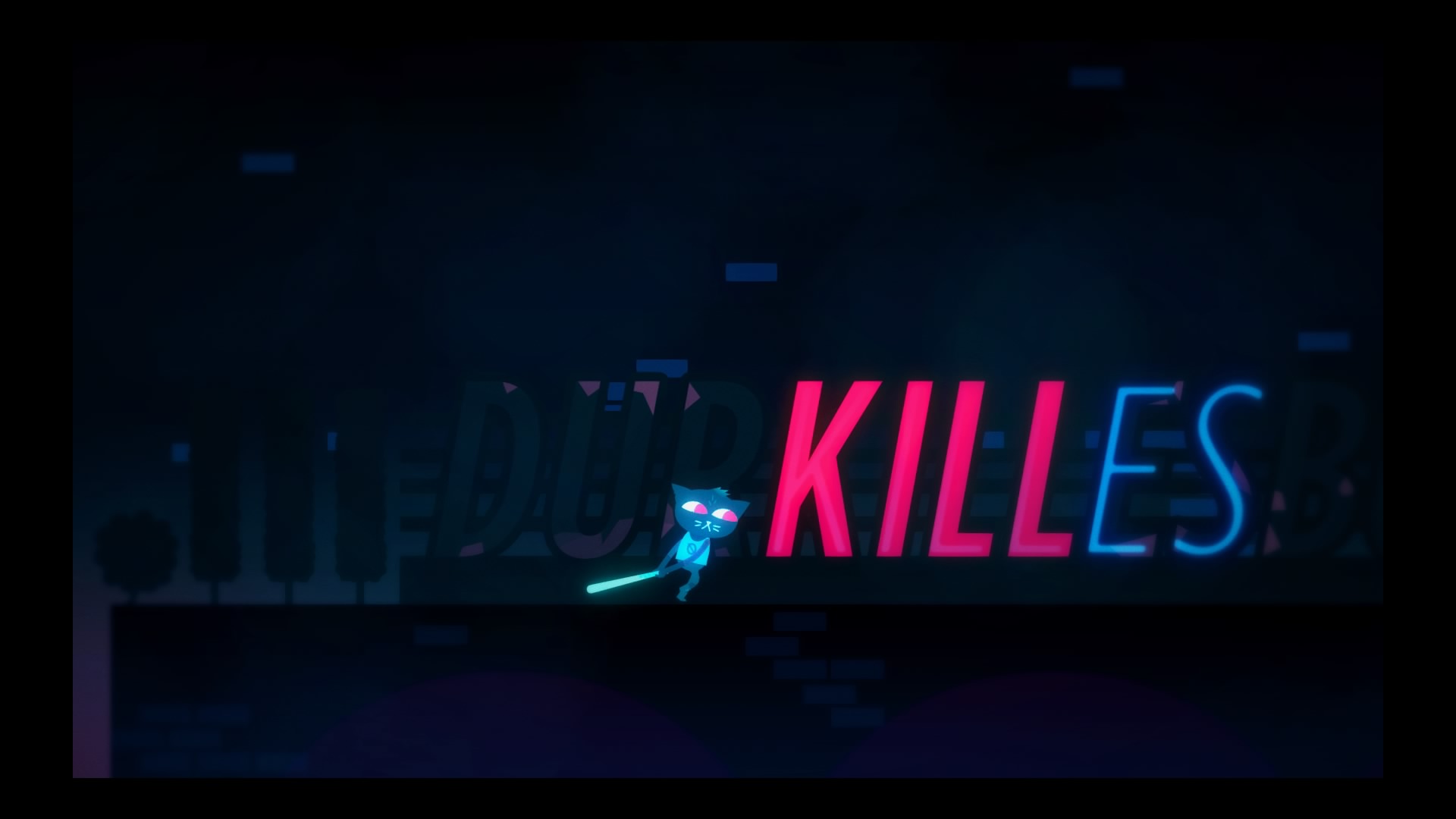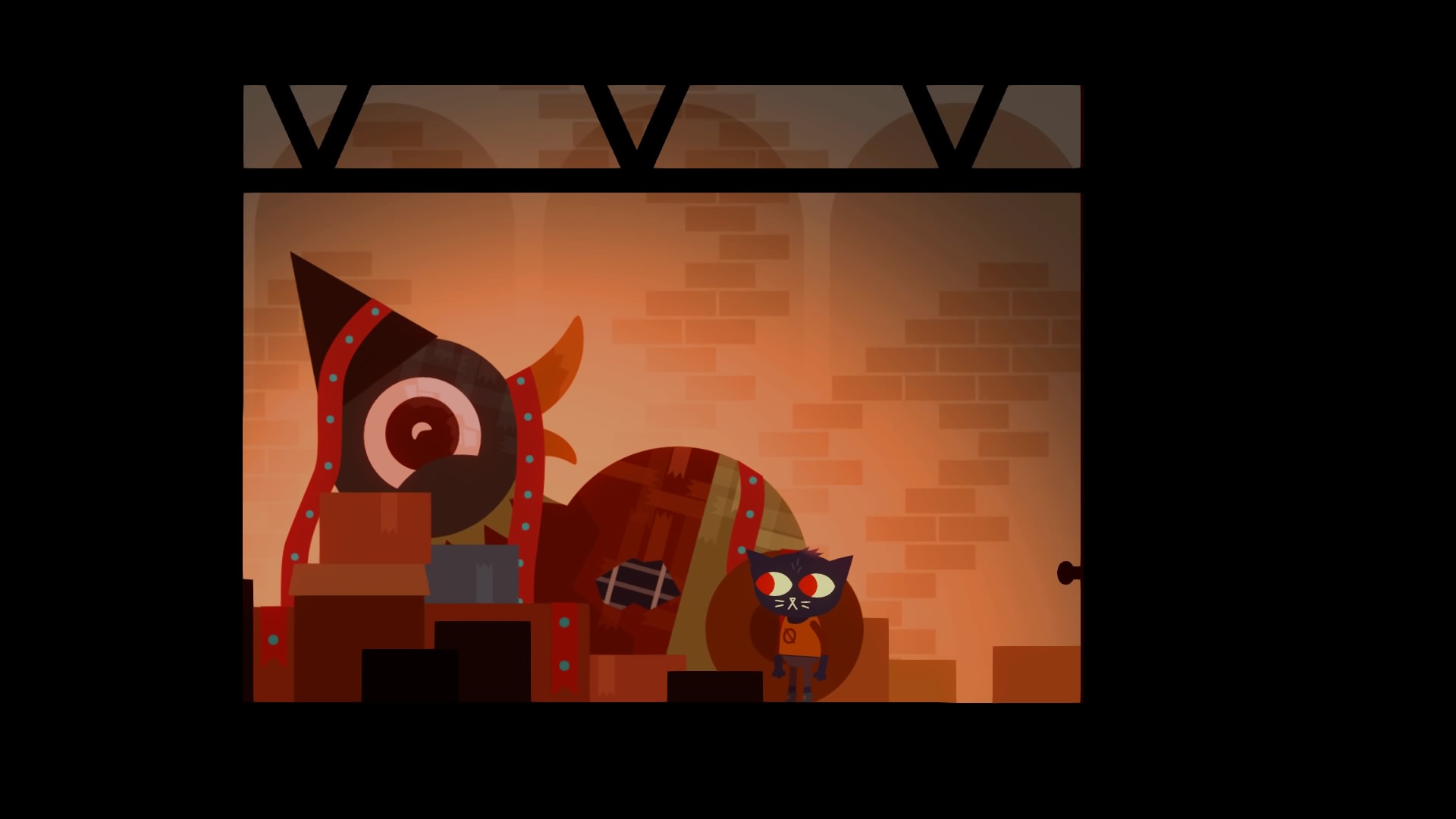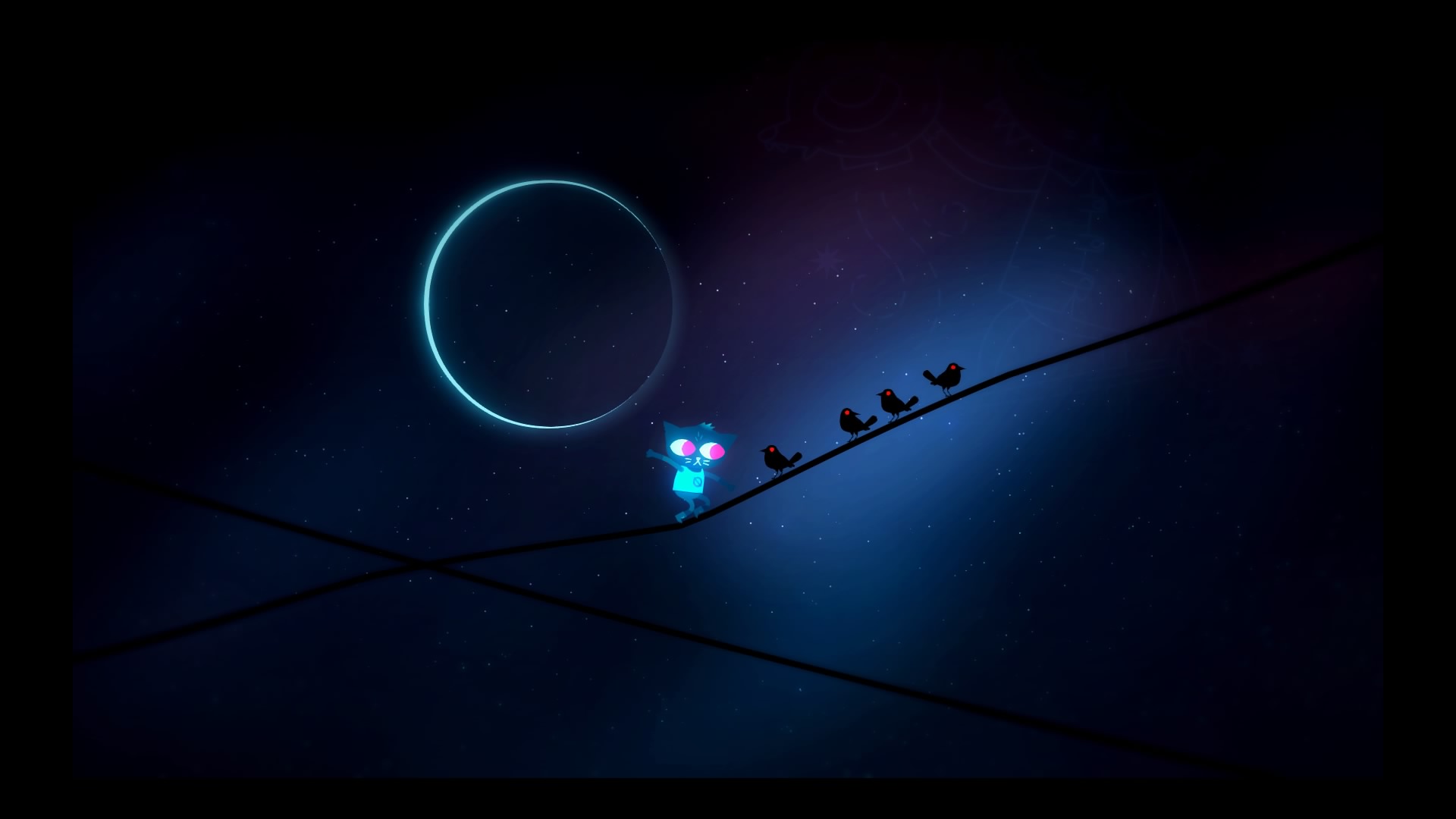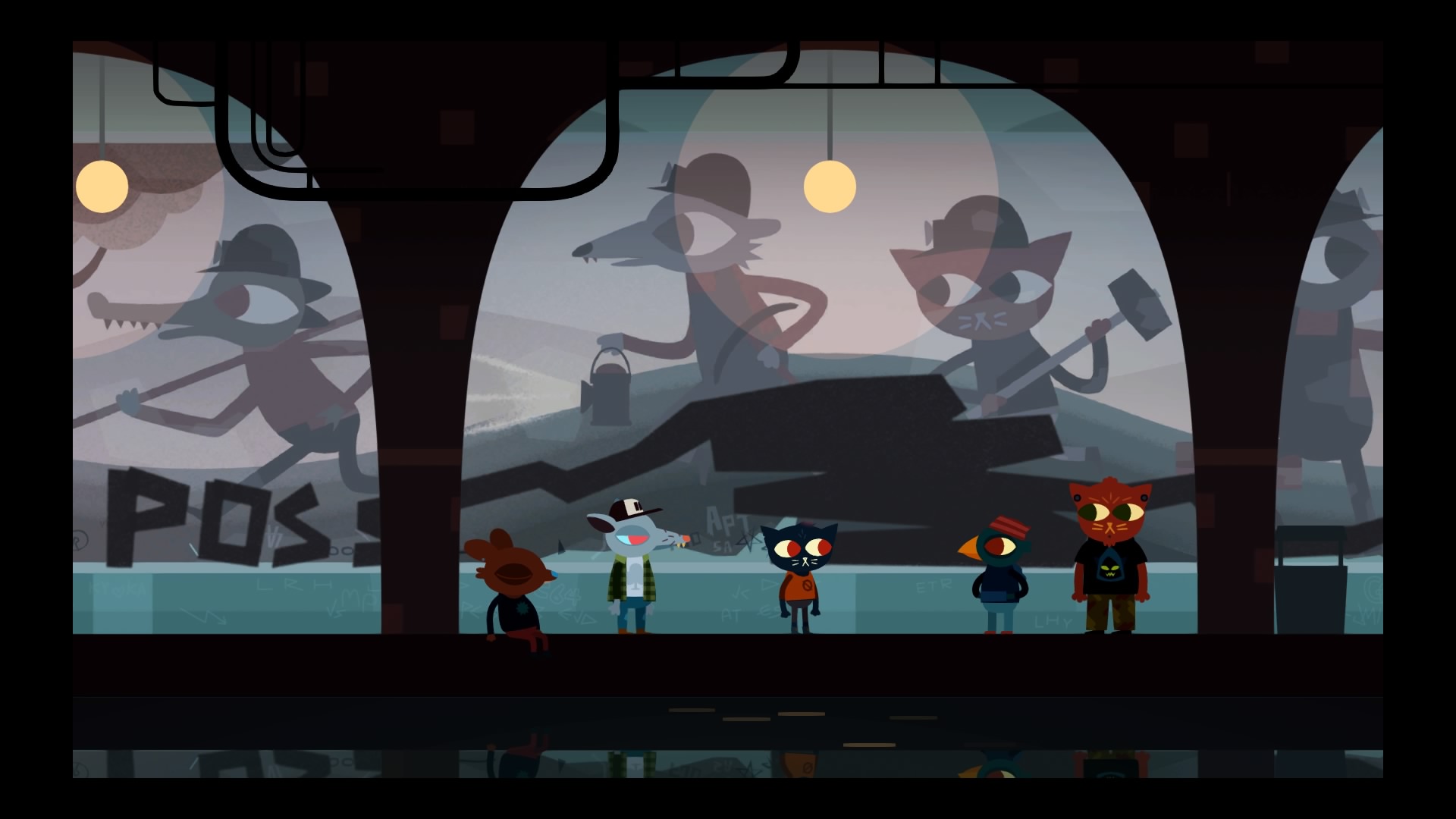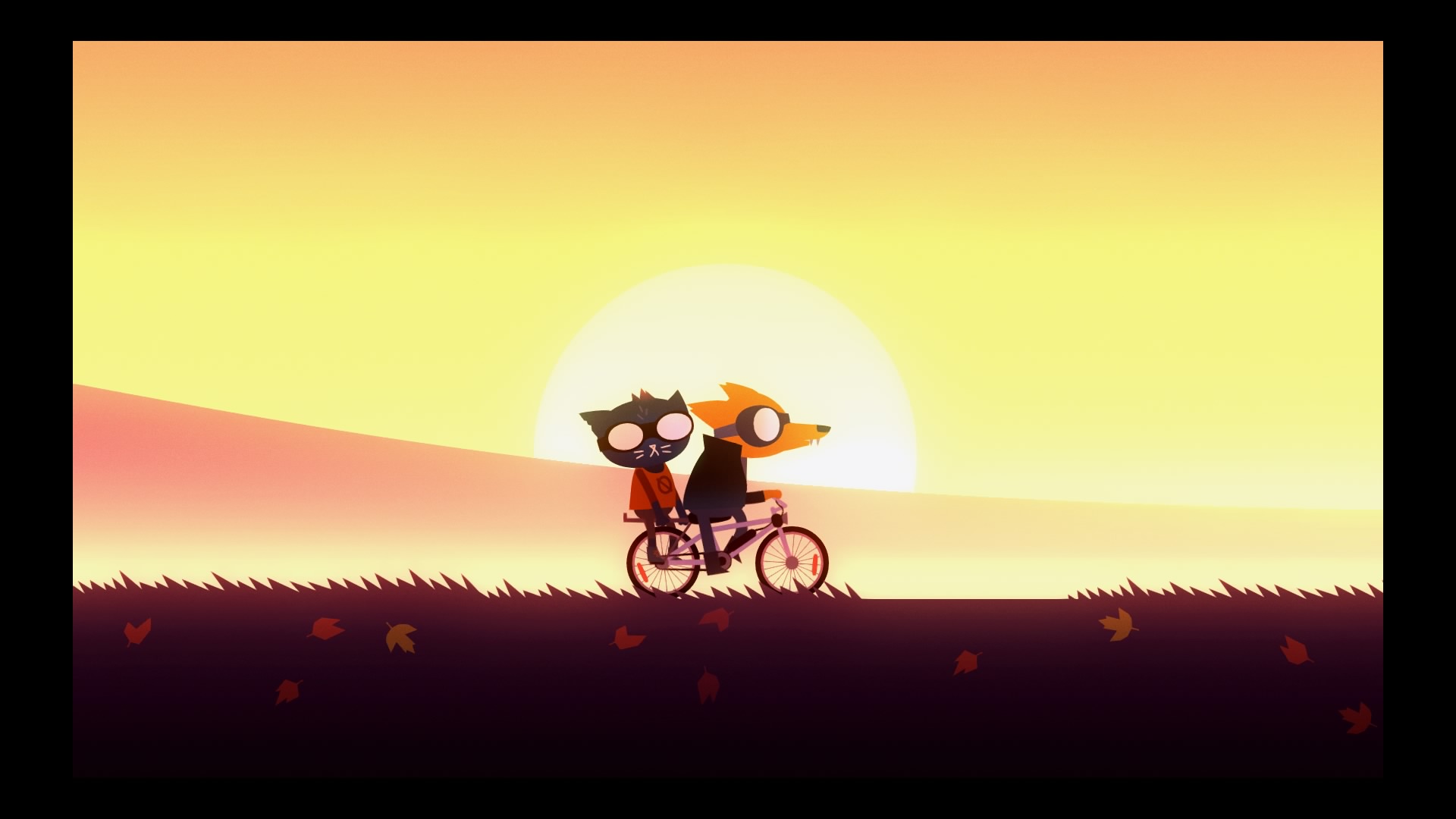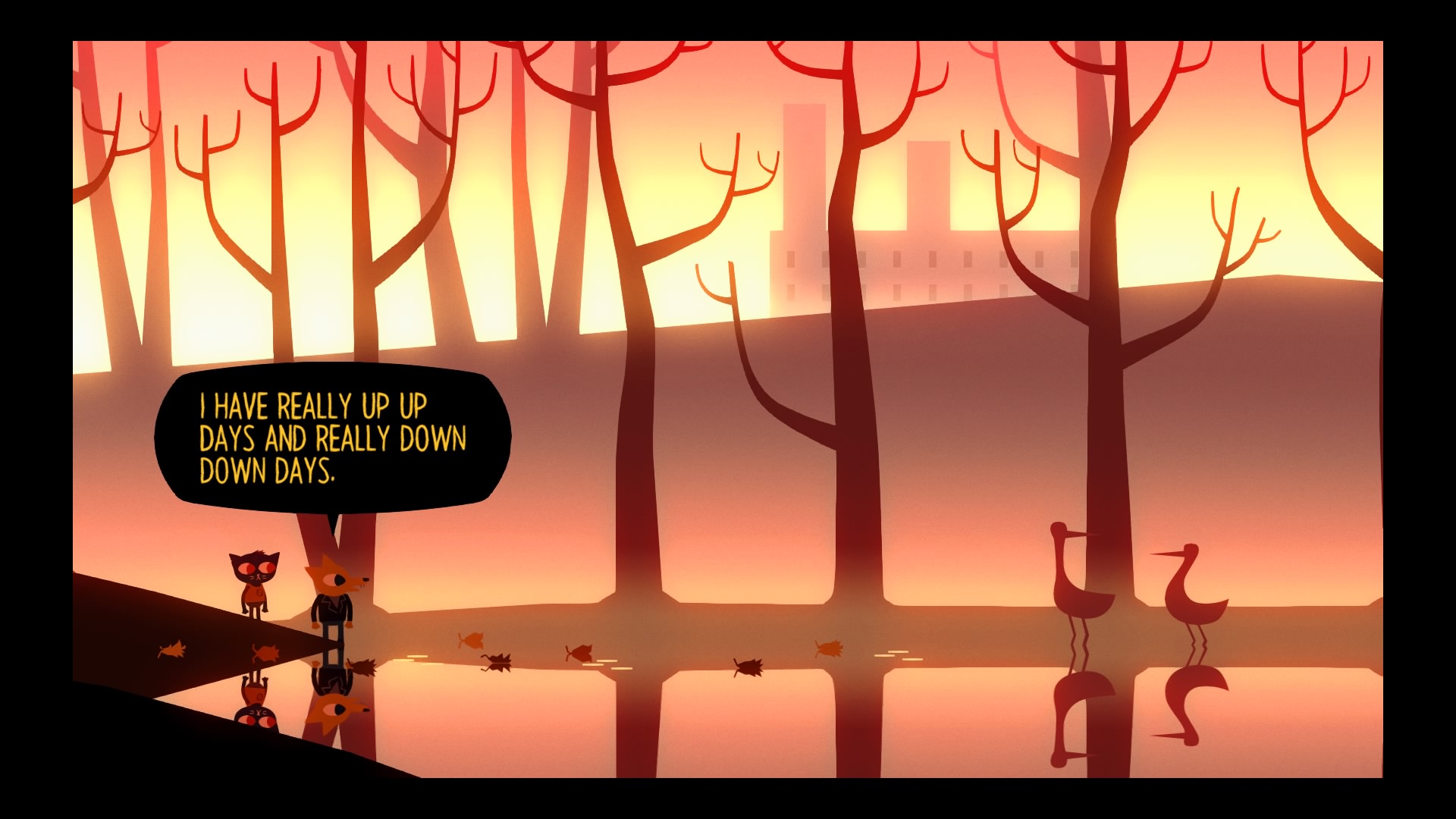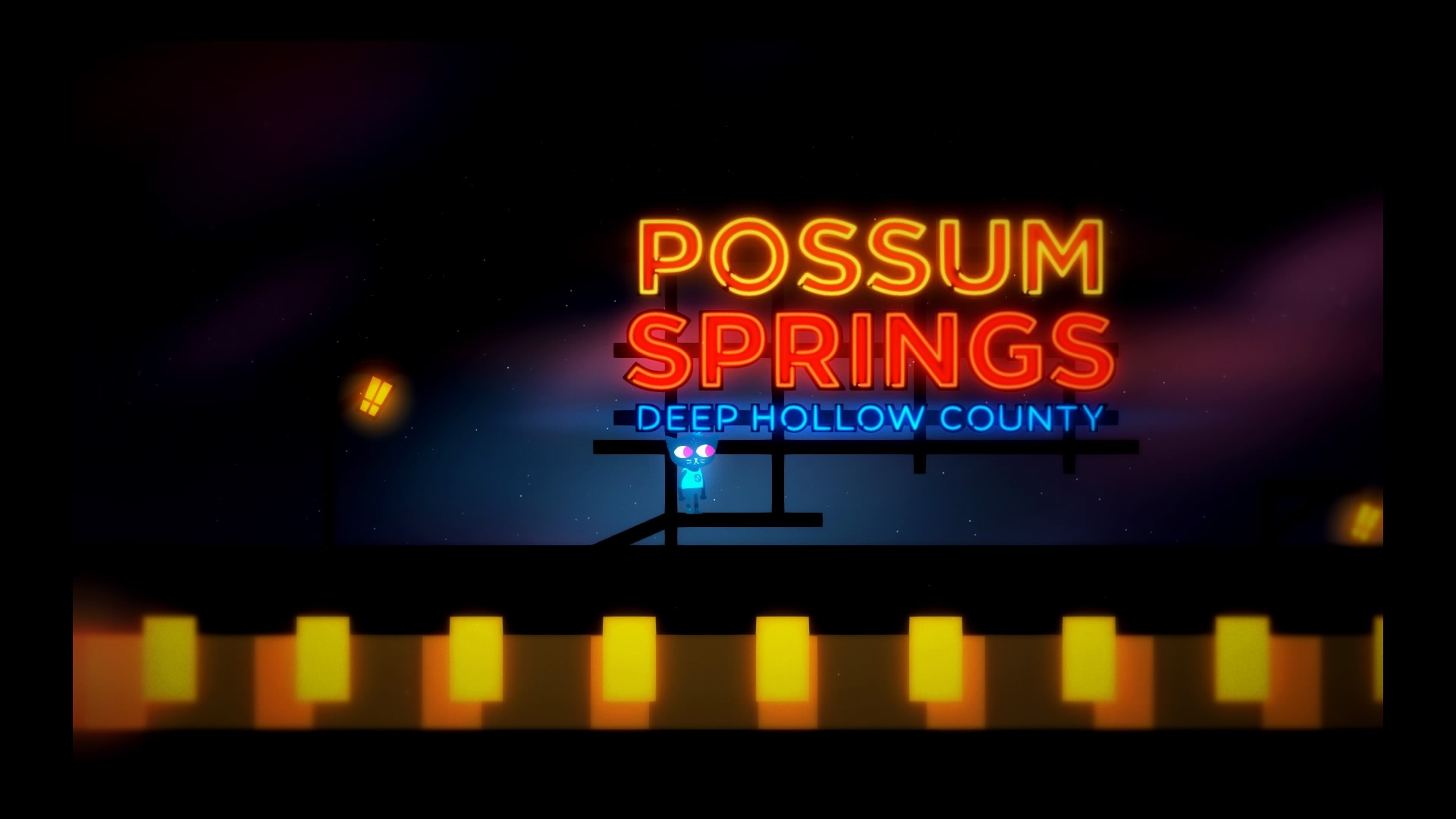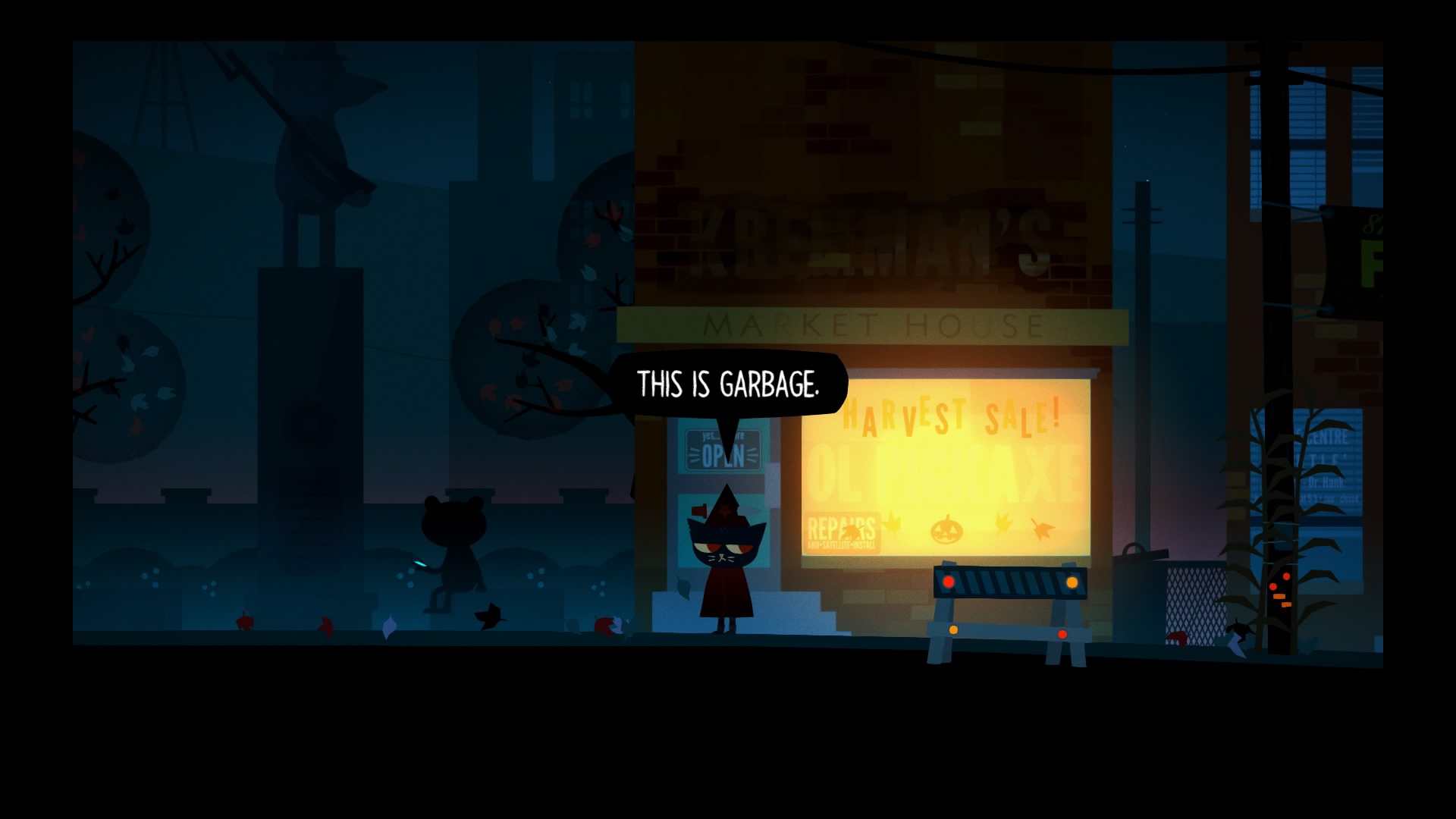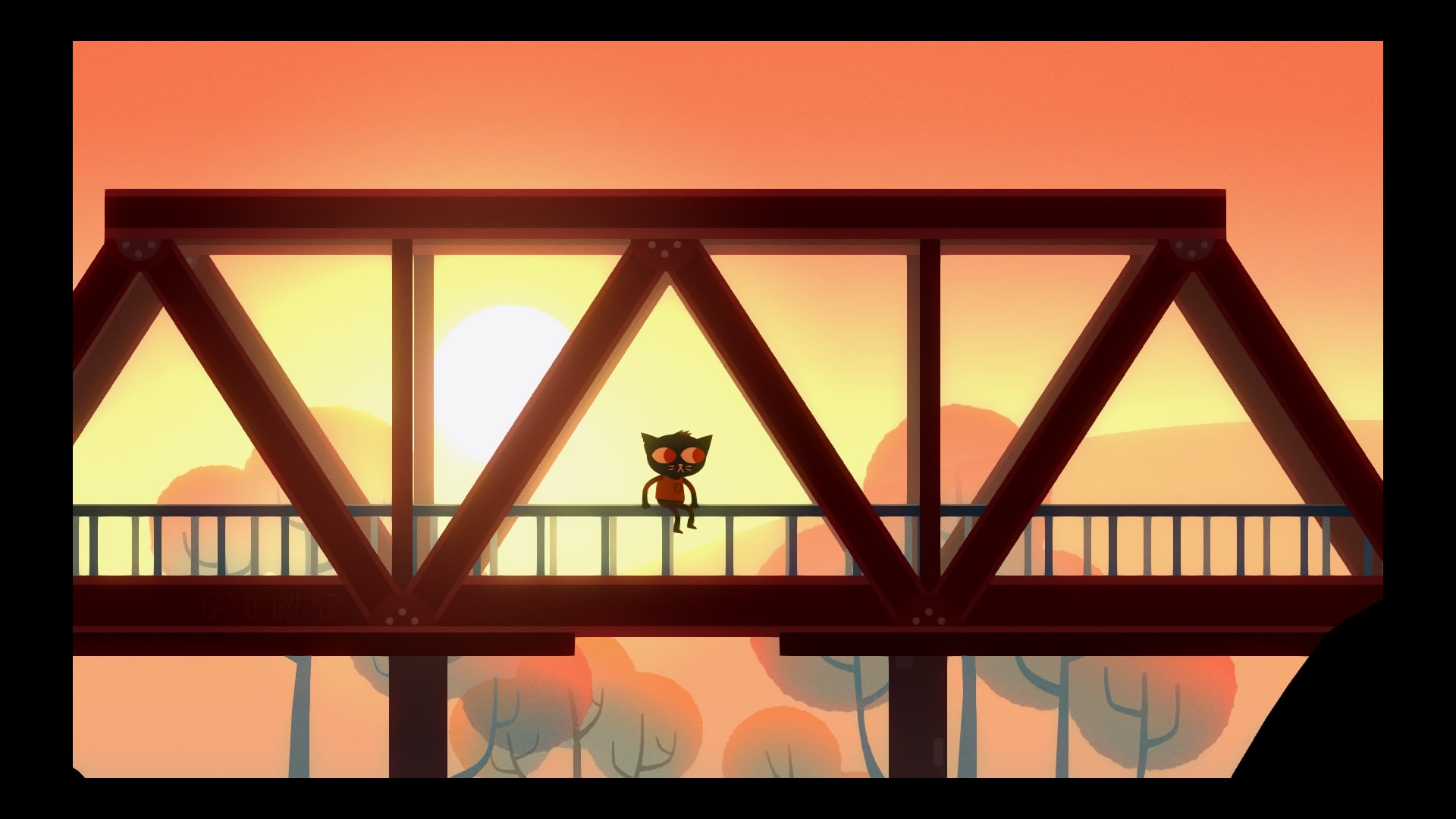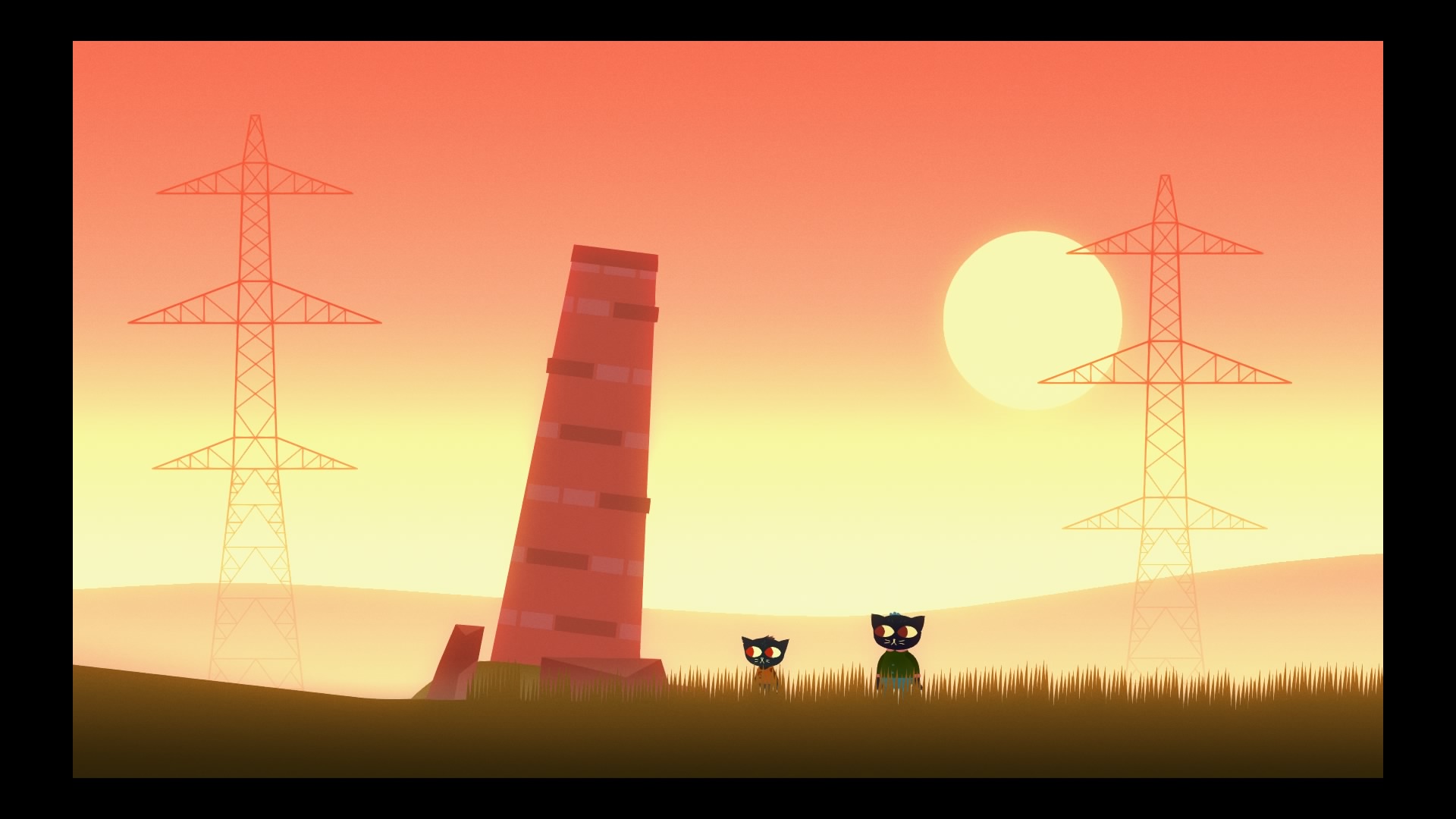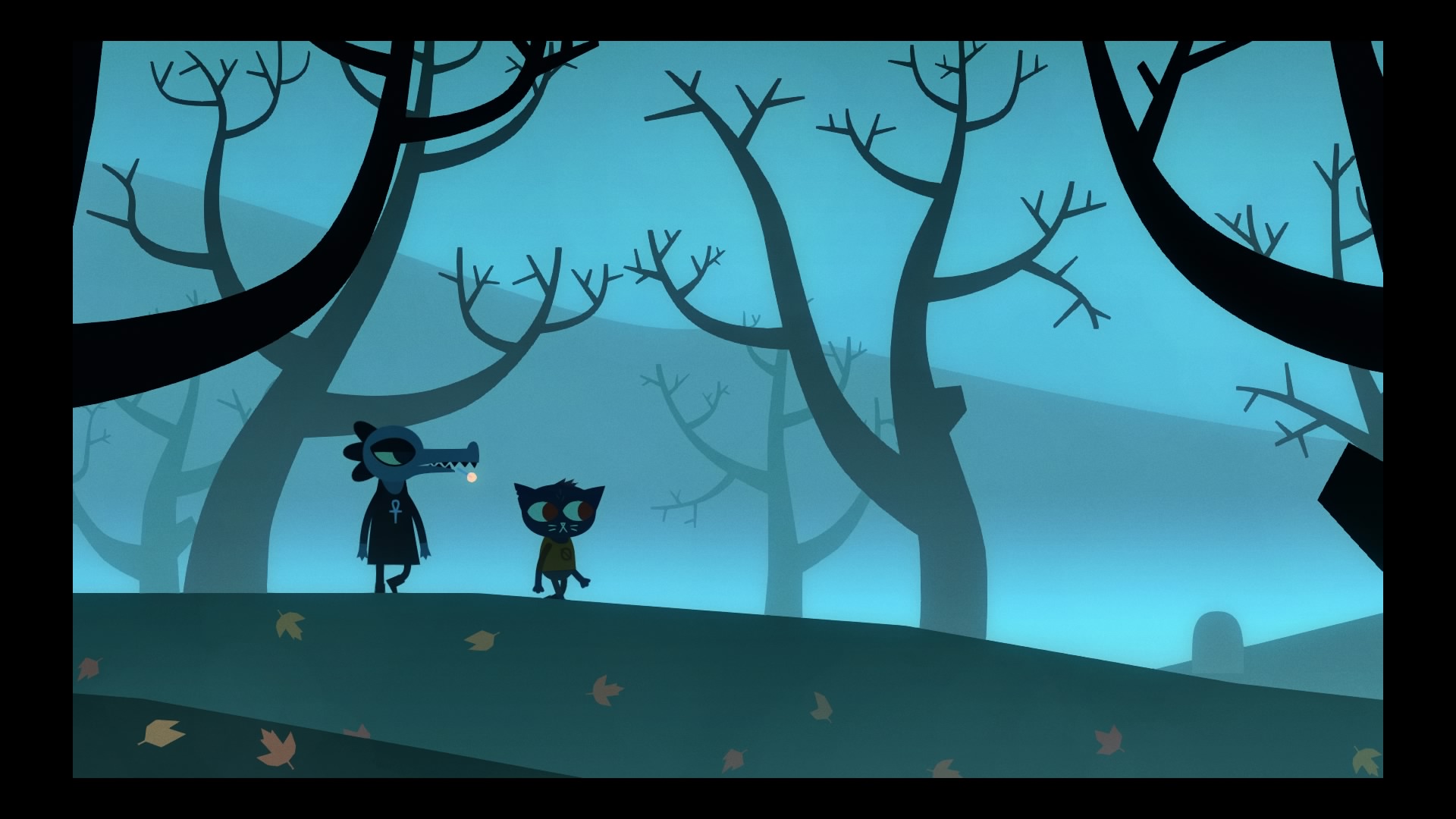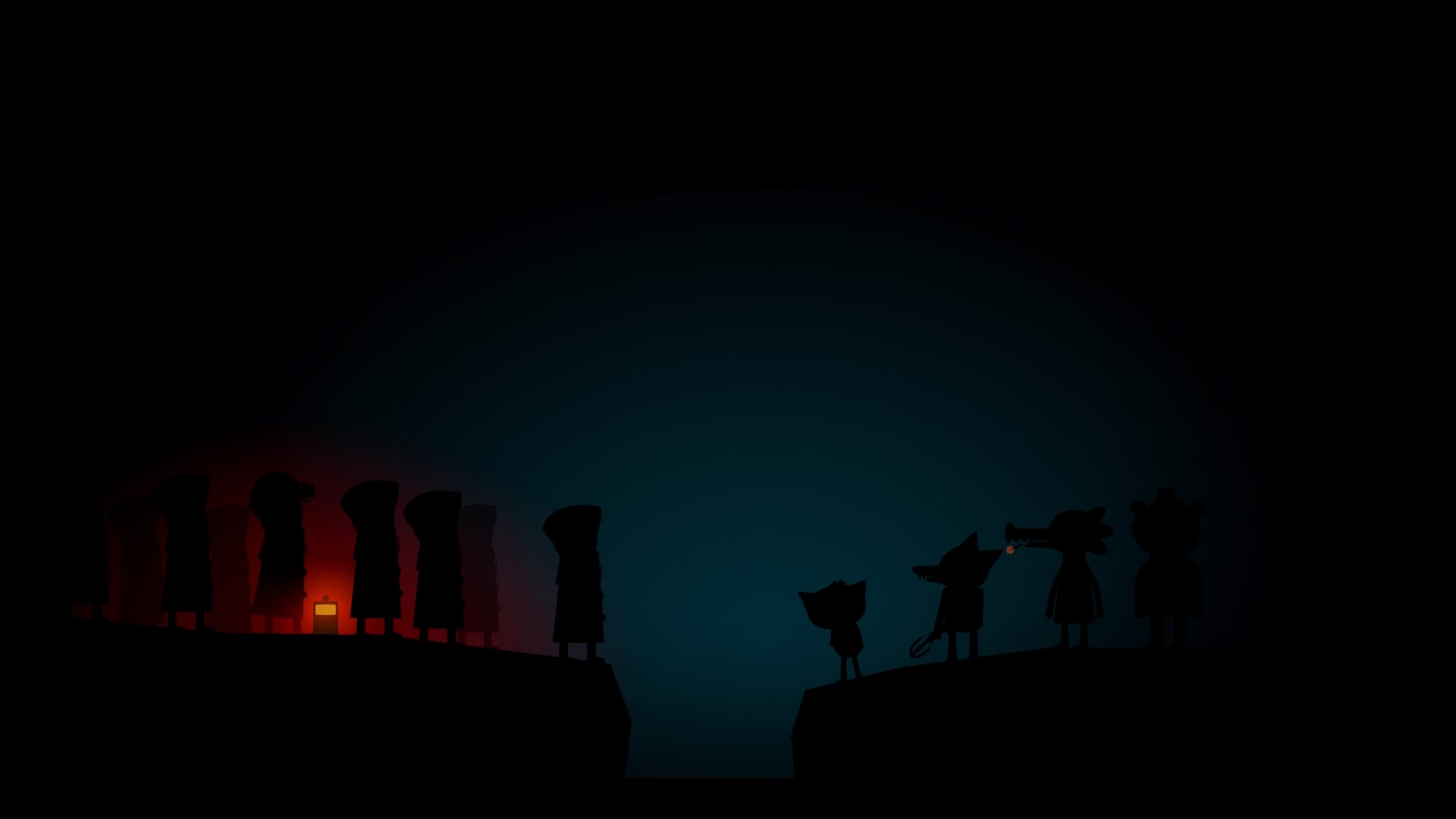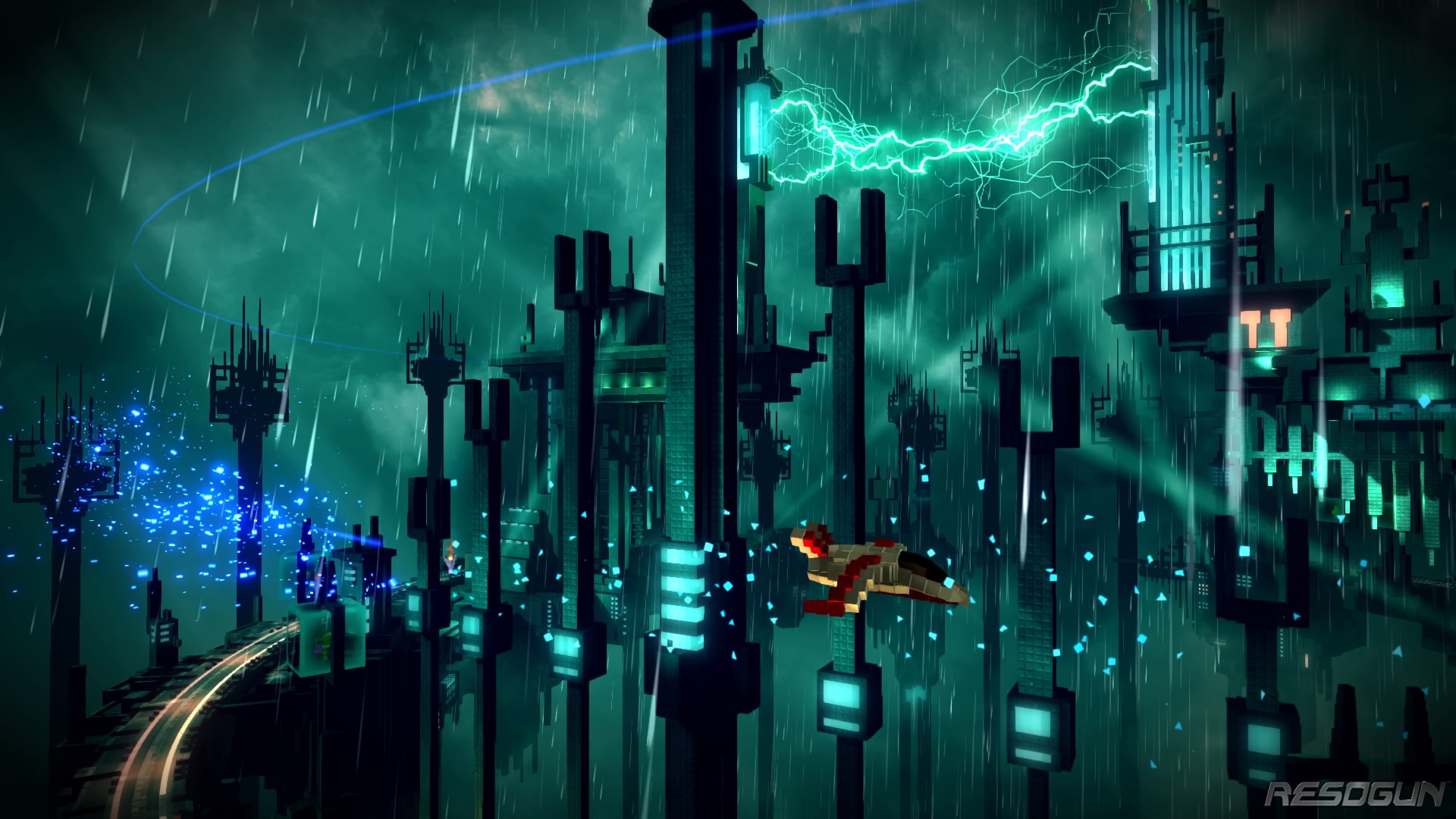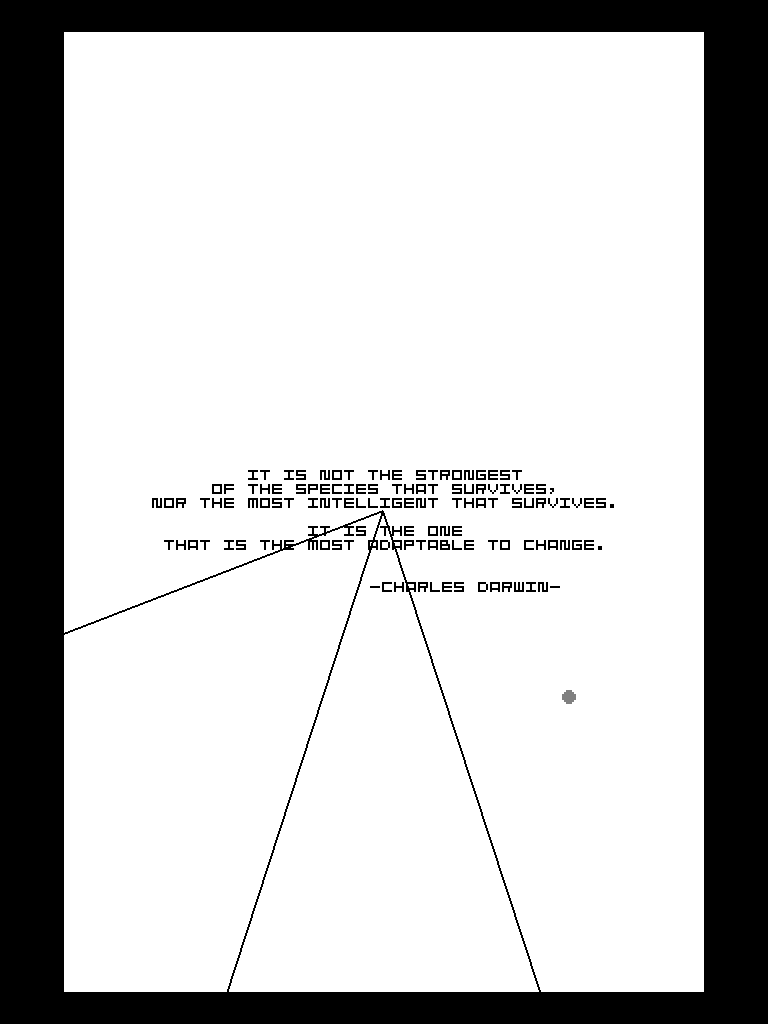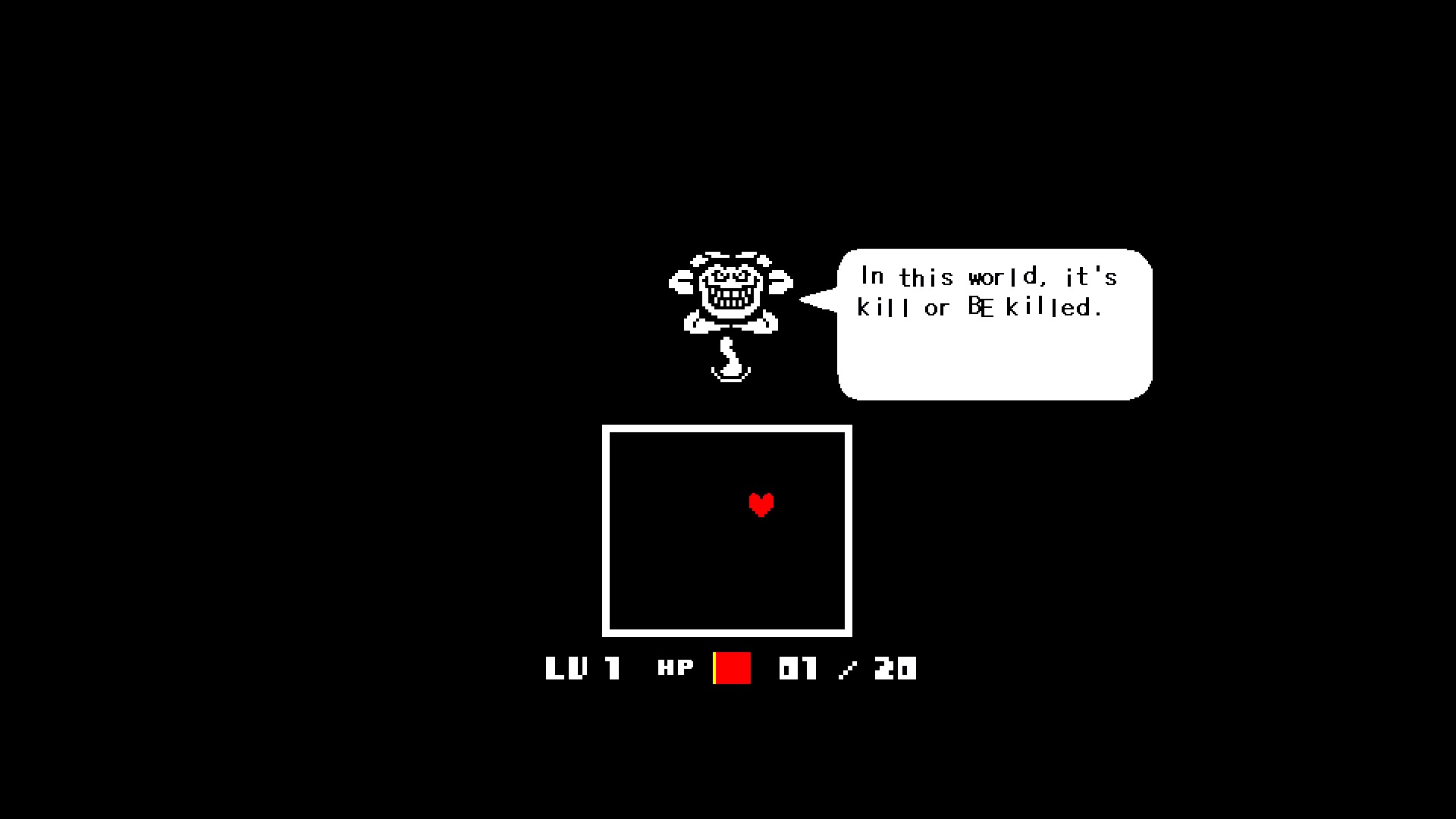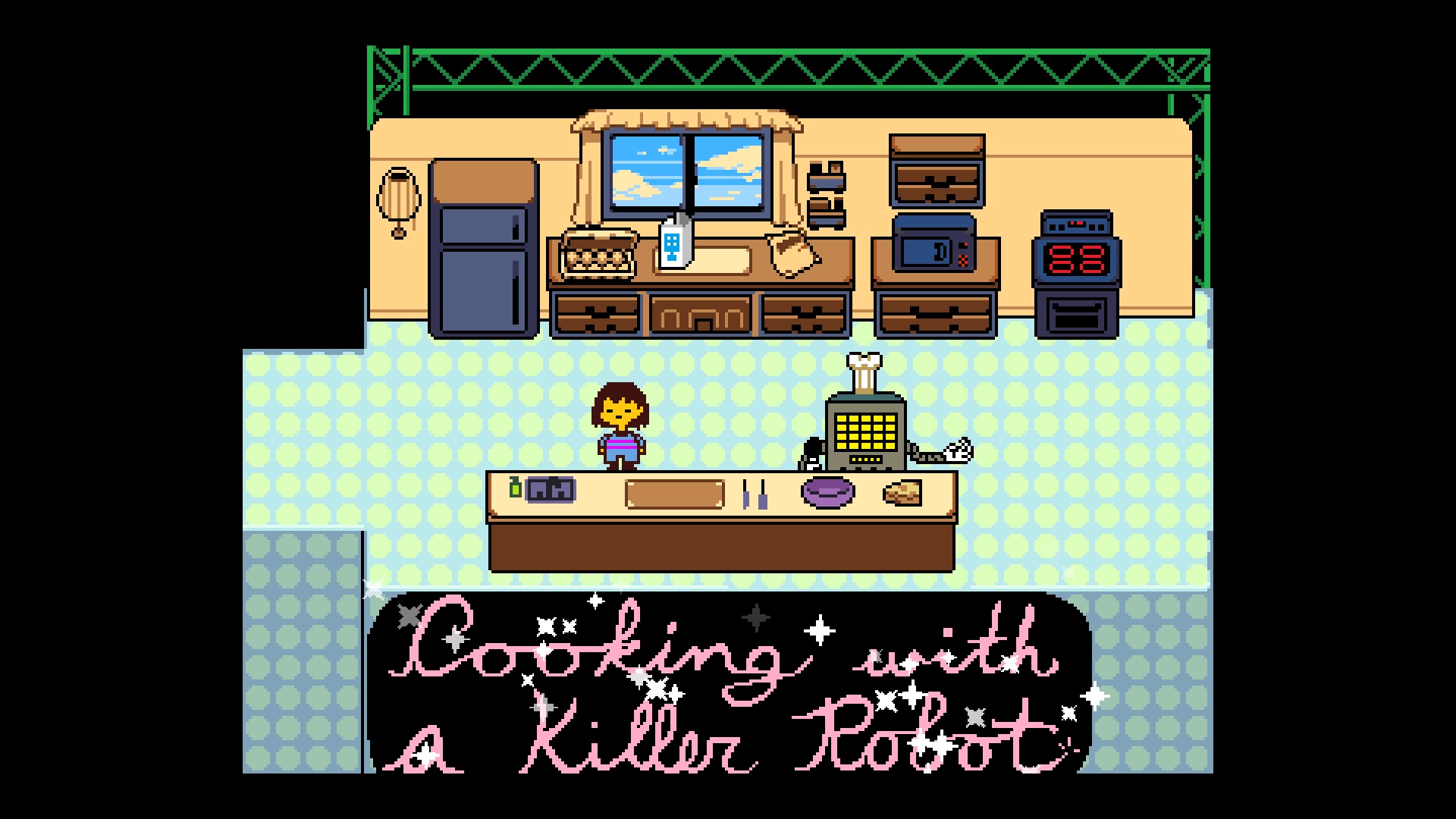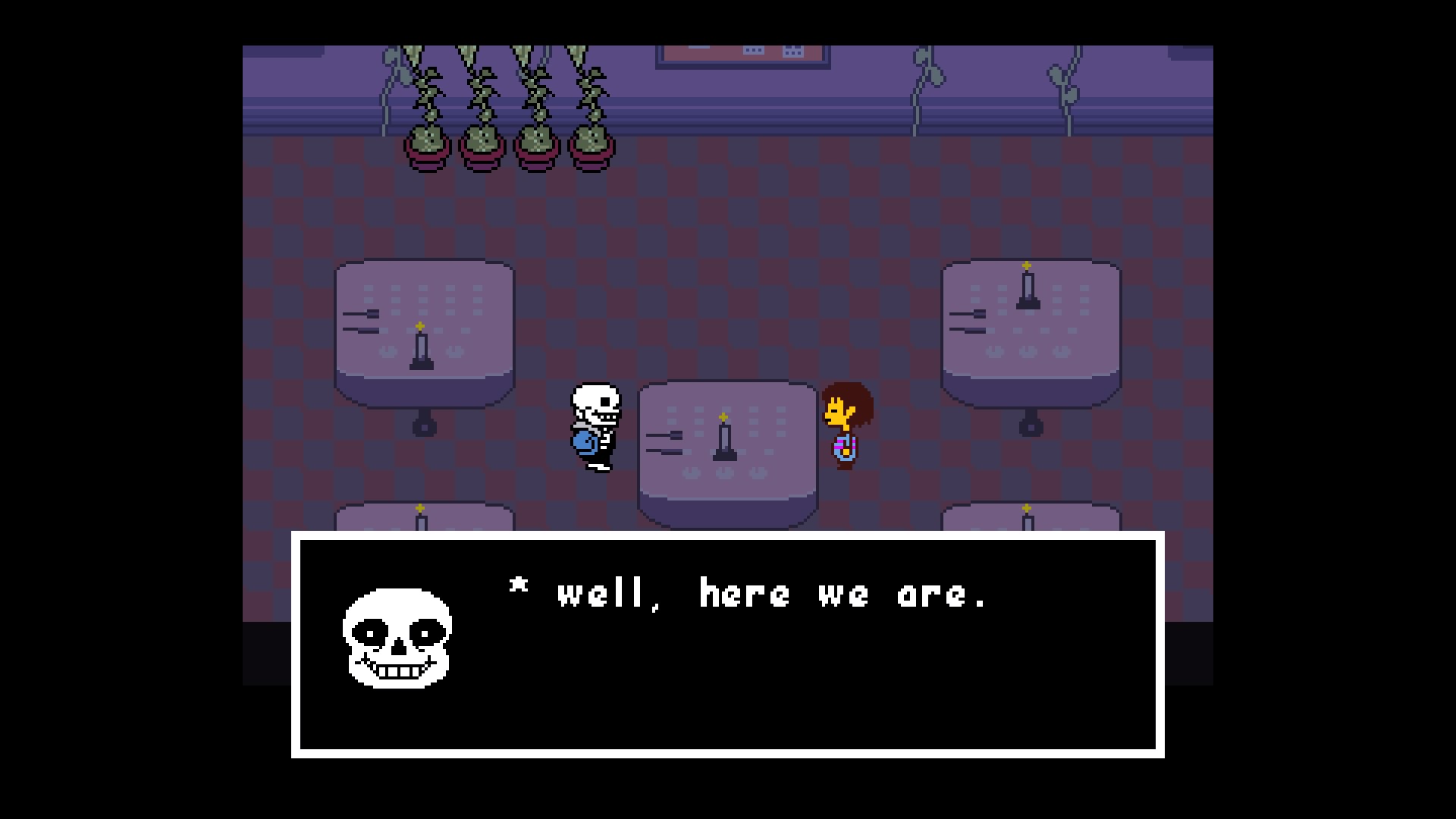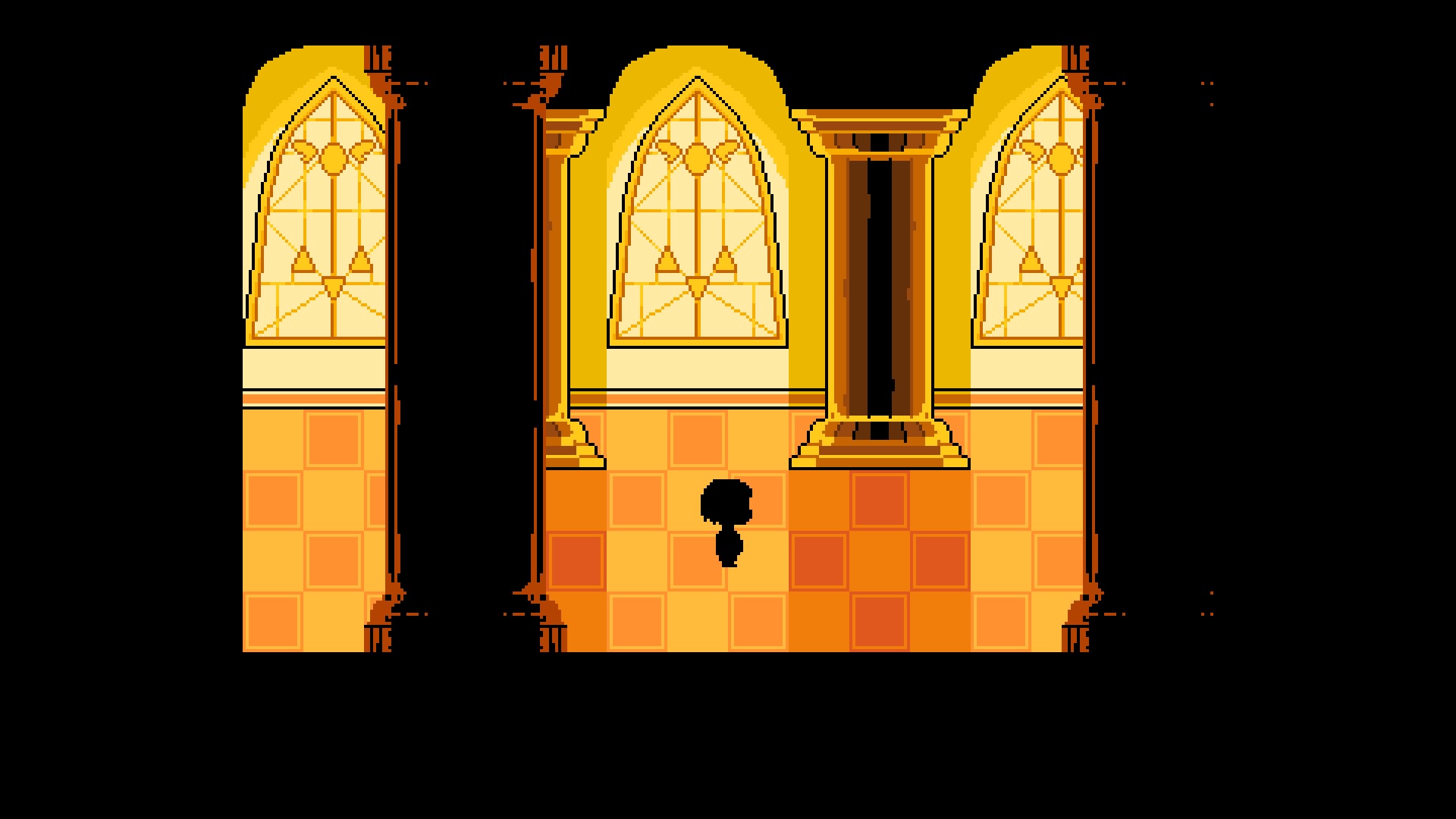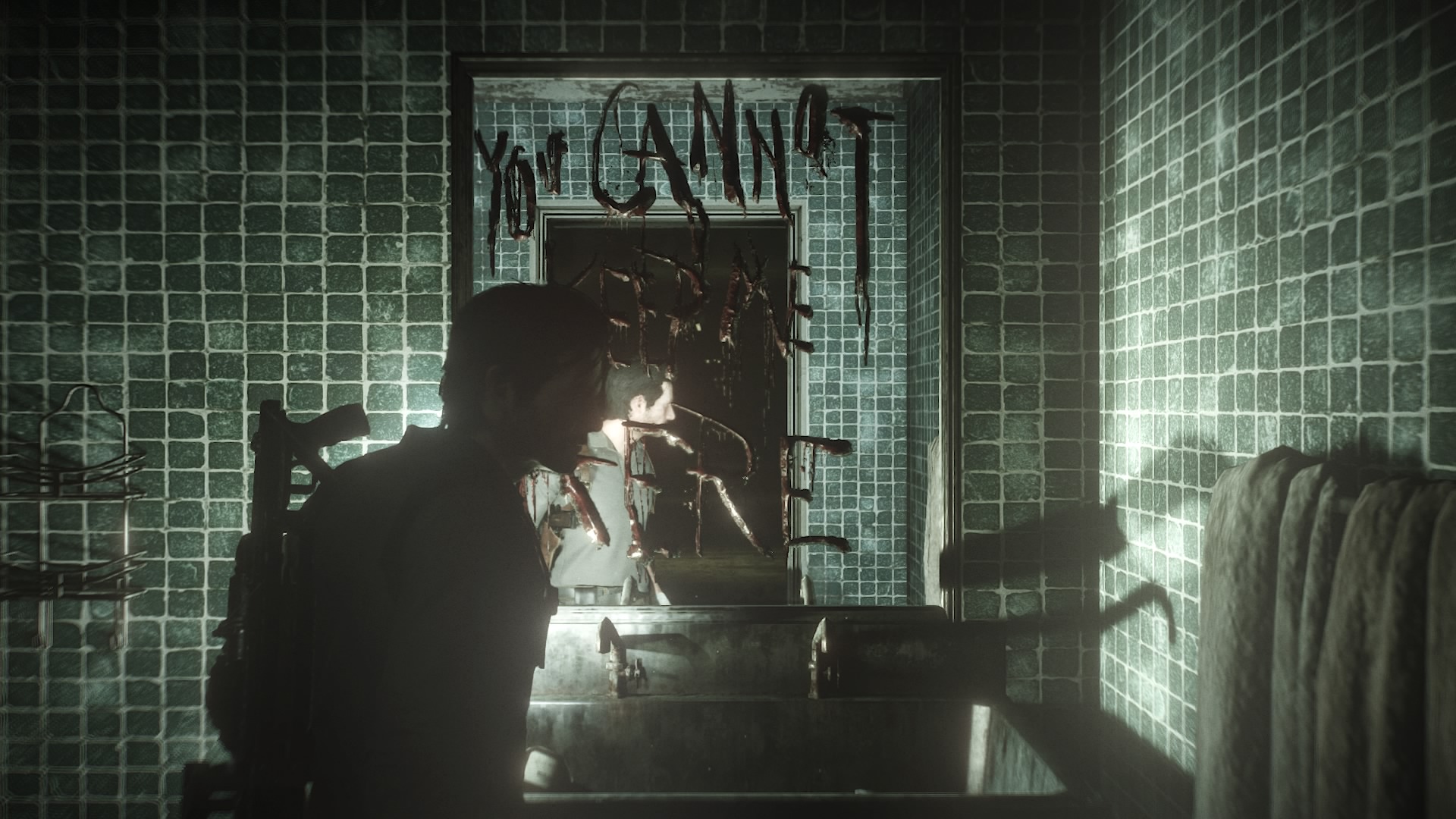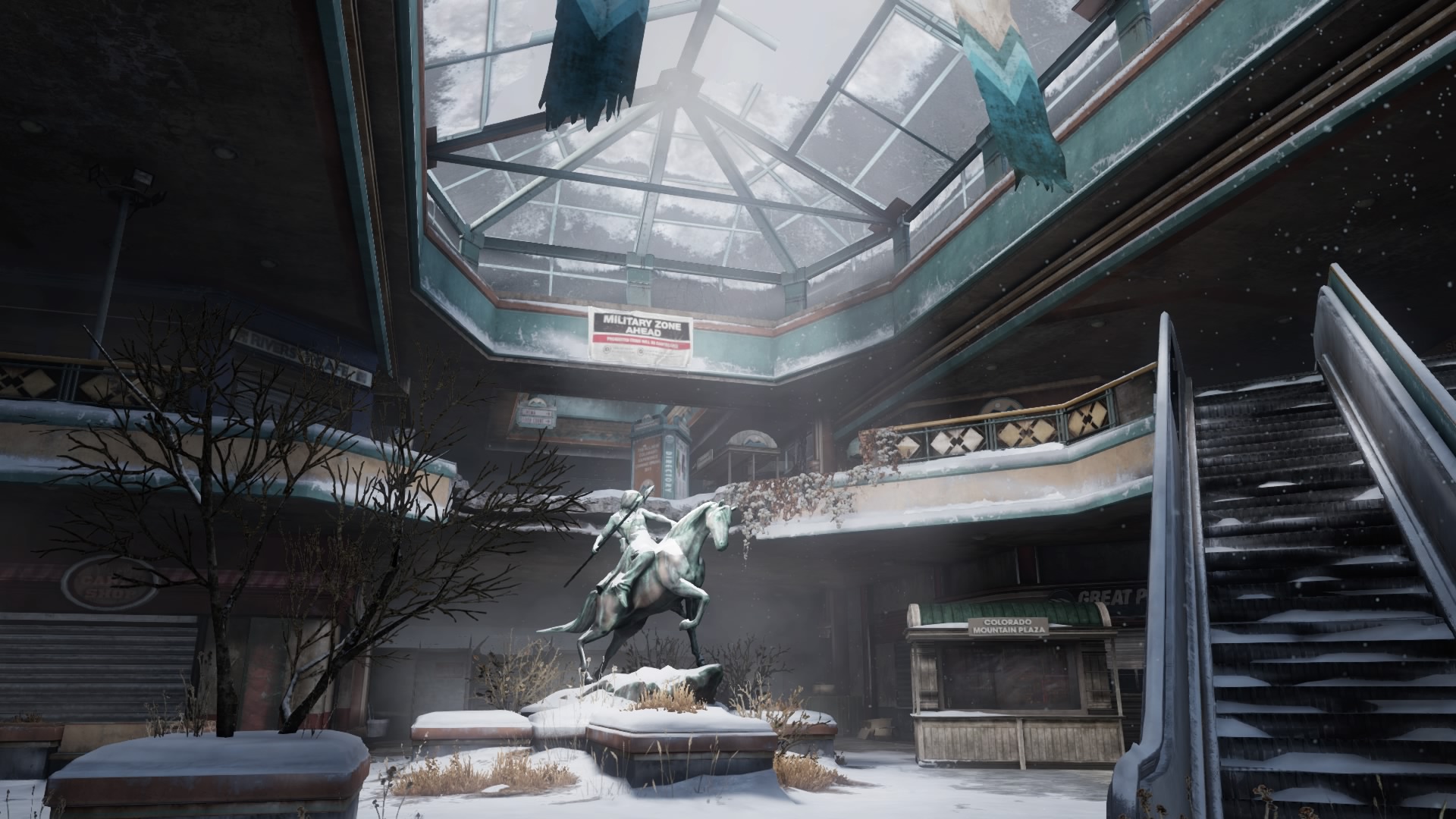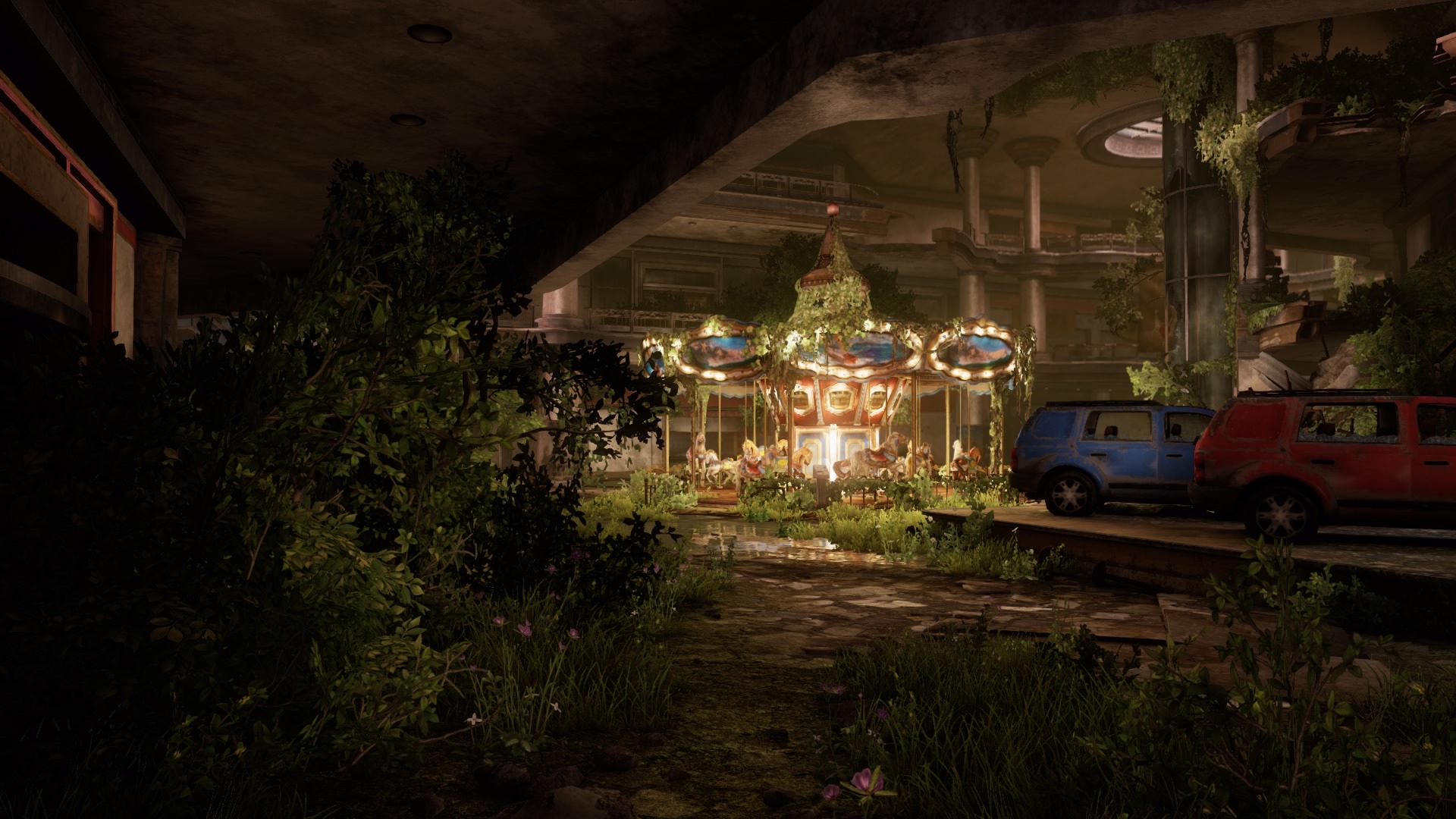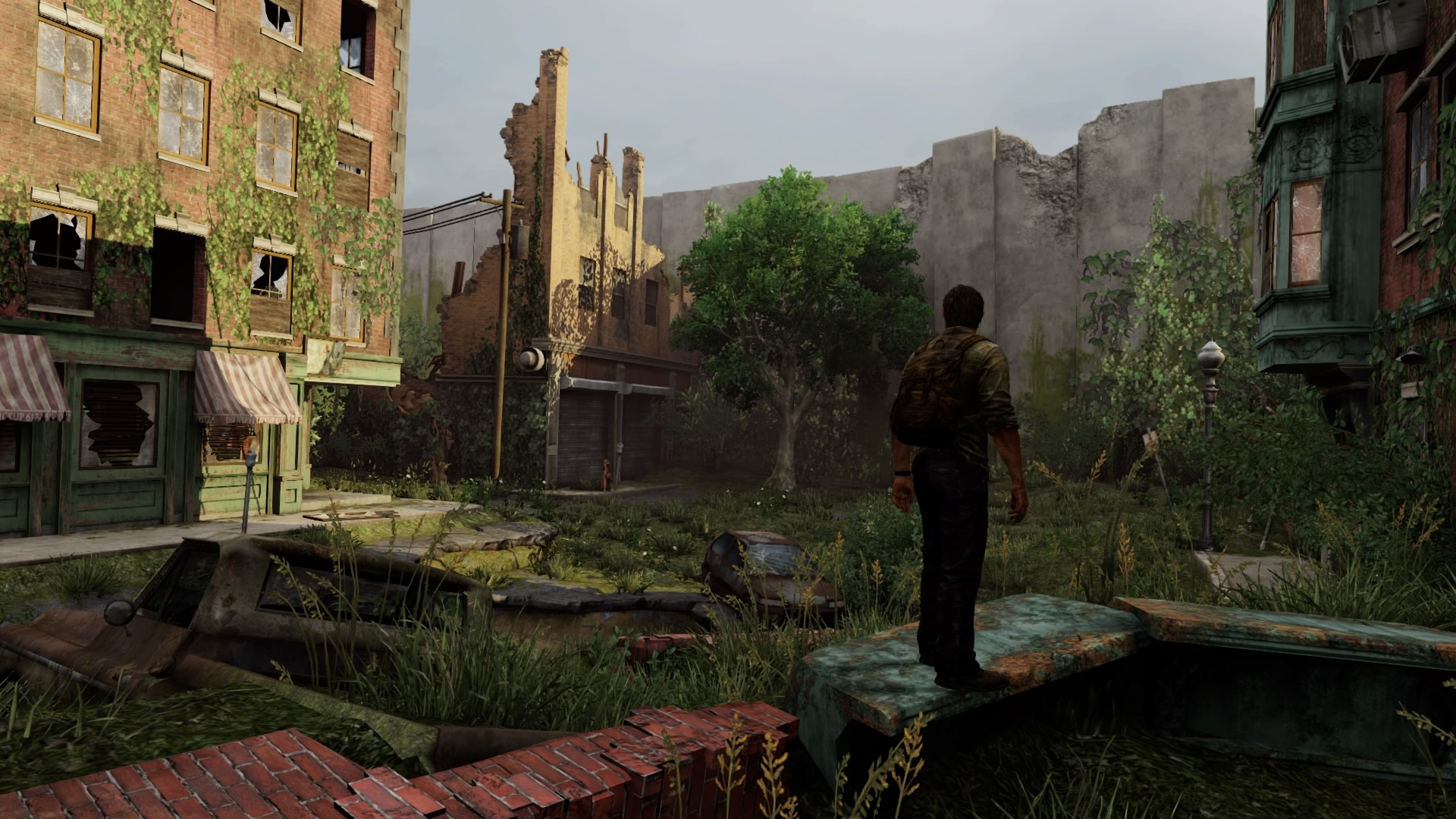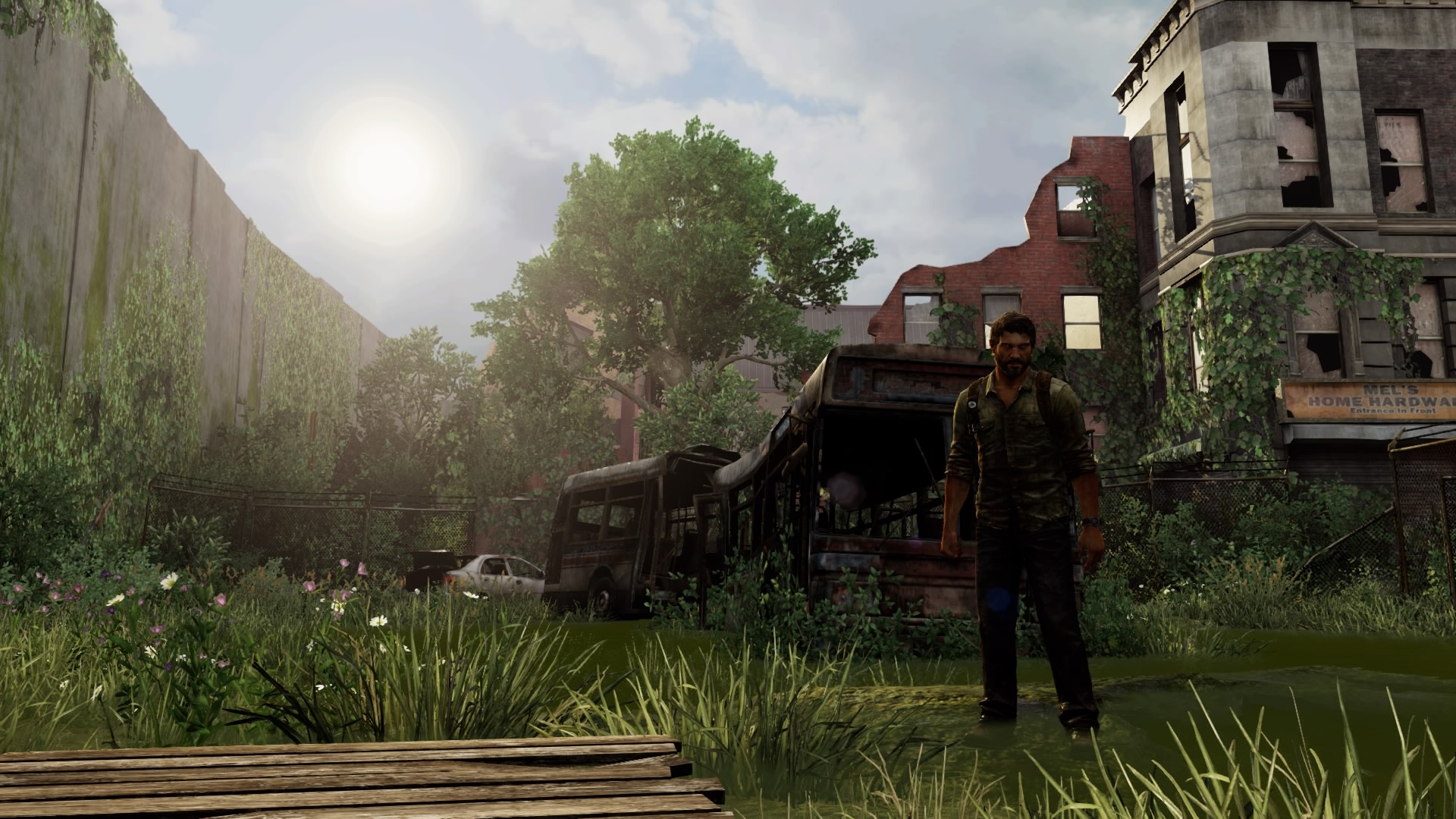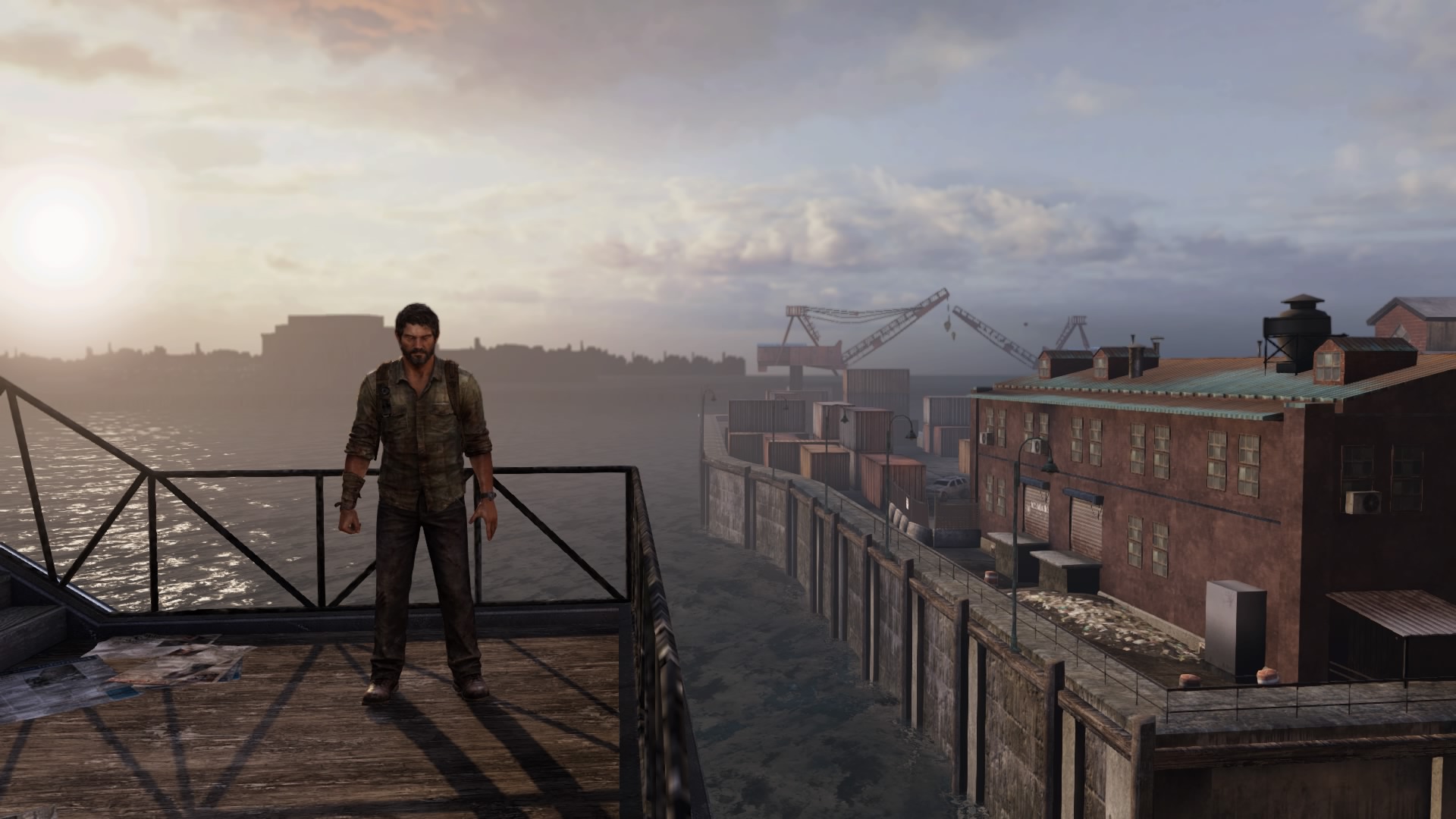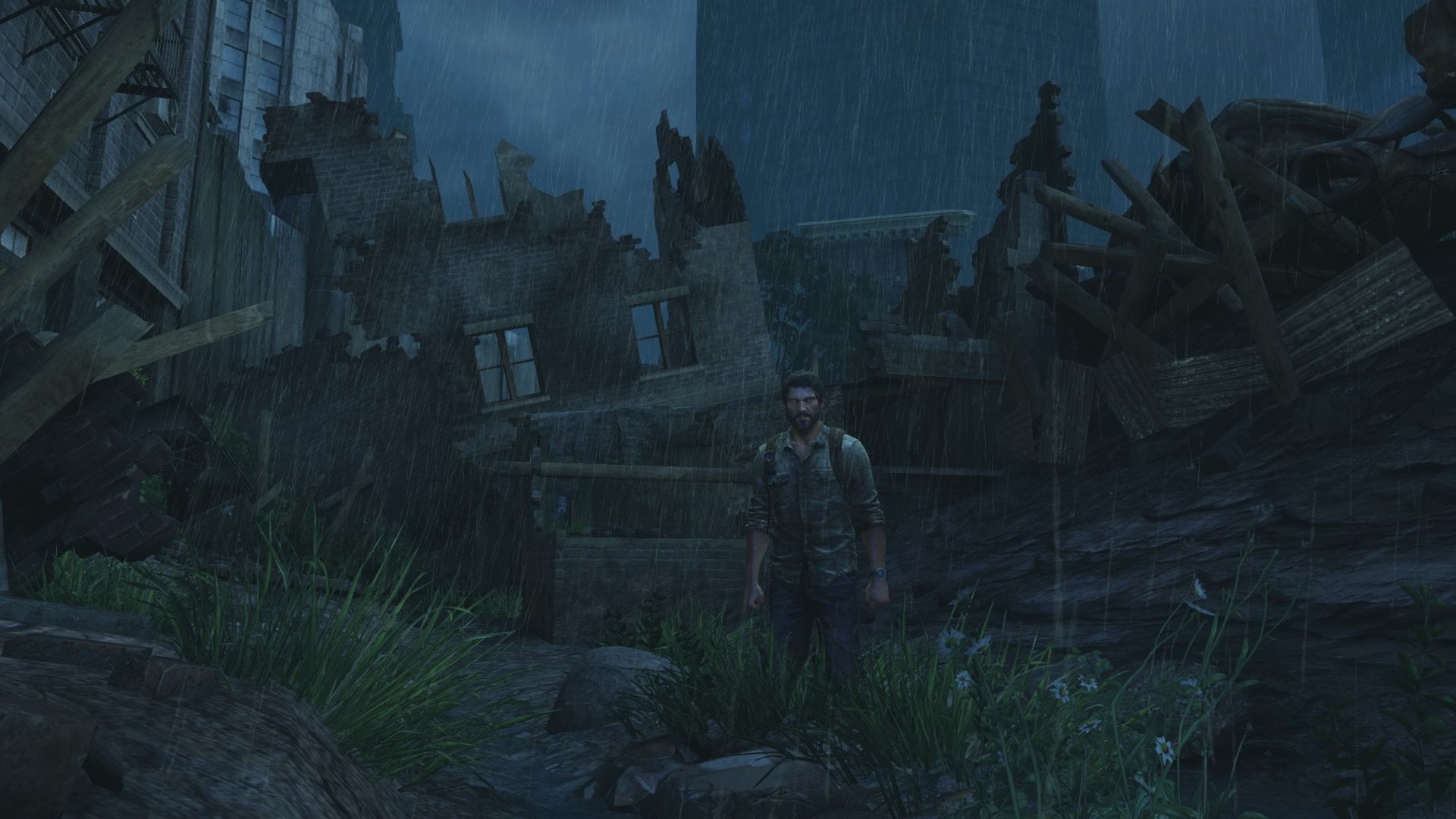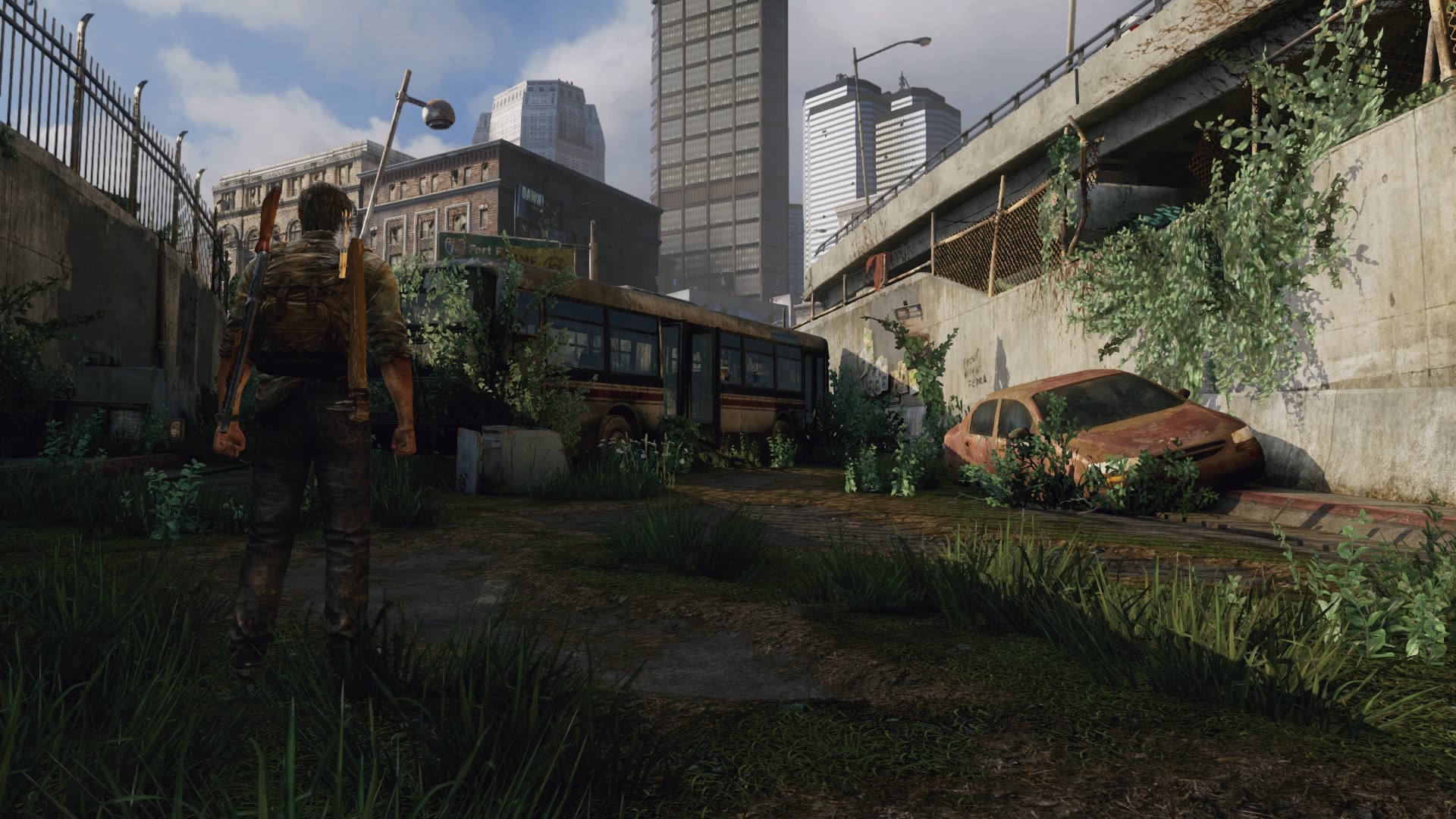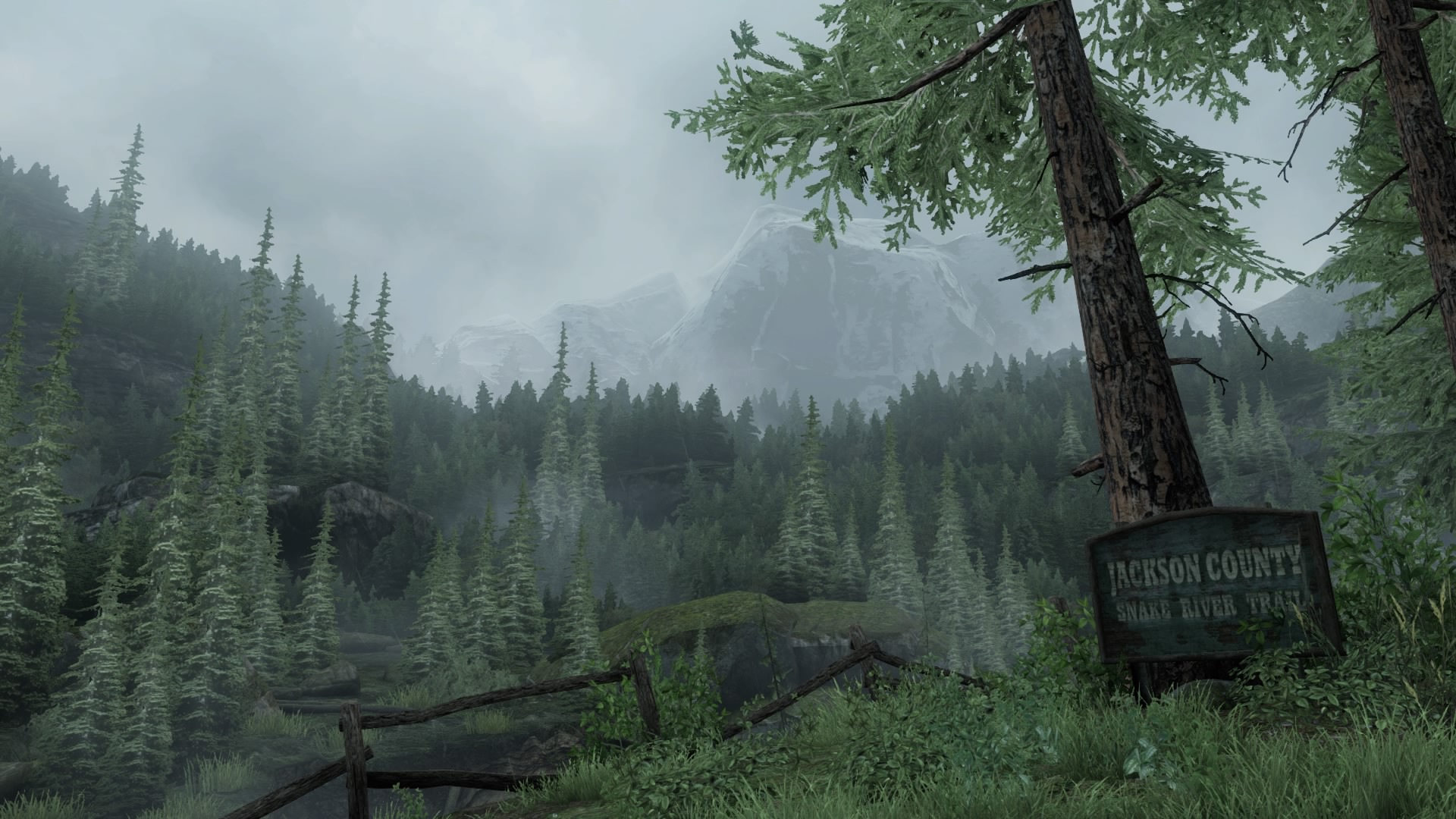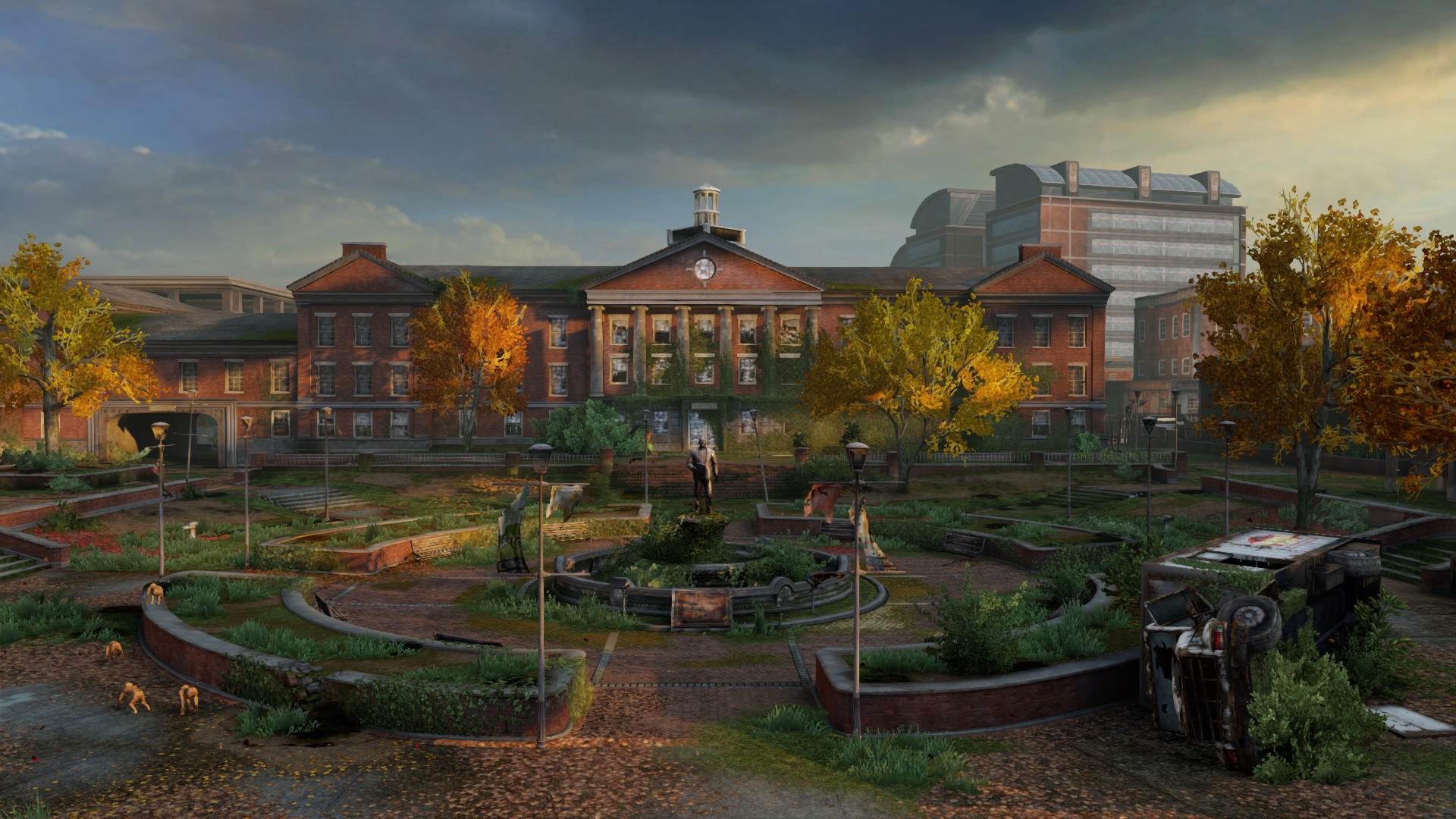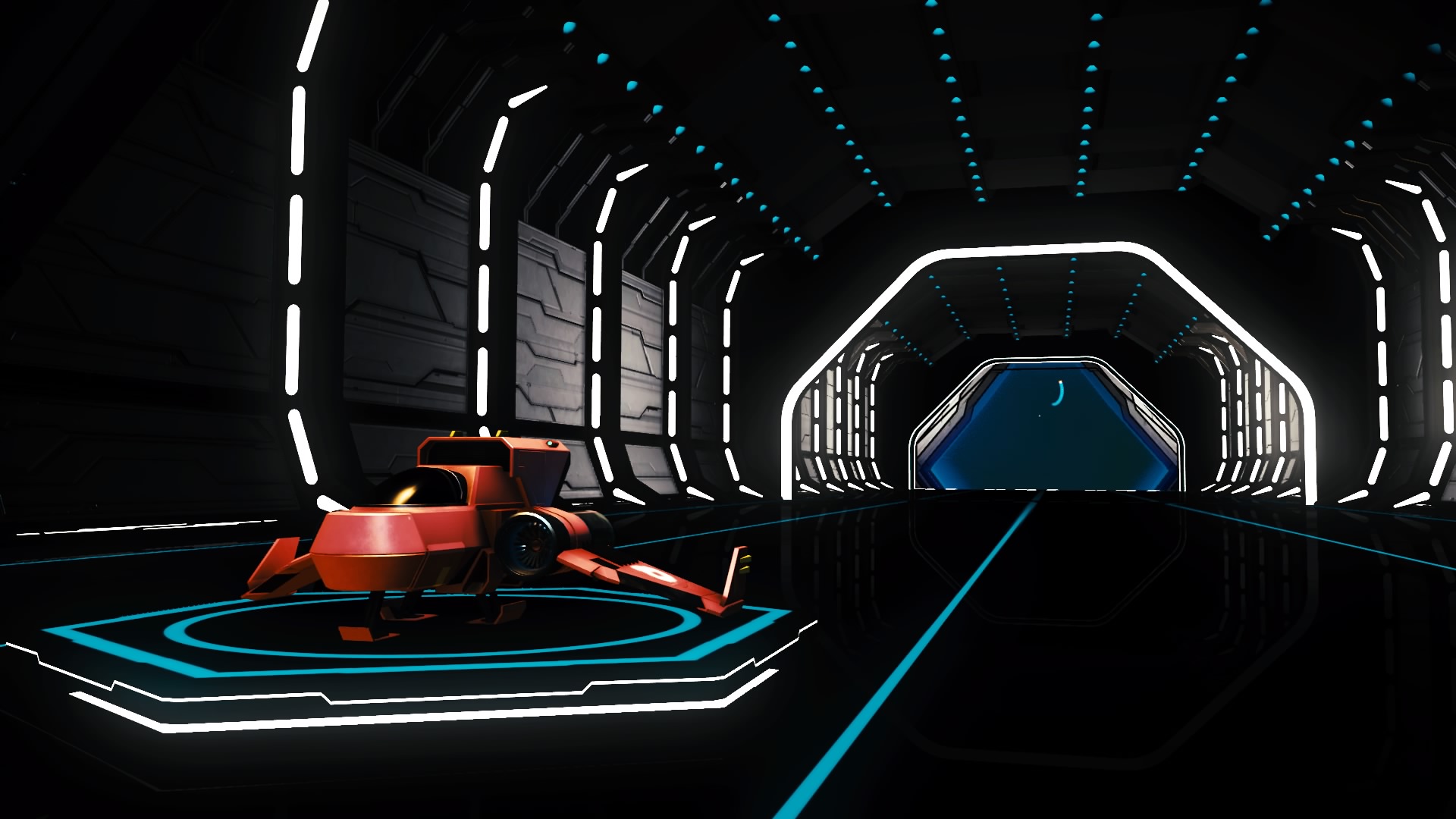Nex Machina is a twin stick shoot 'em up which was developed and published by Finnish studio Housemarque with some consultation with Eugene Jarvis, creator of classic arcade games Defender and Robotron 2084 and console favourite Smash TV. The game casts you as a protagonist armed with a laser gun charged with rescuing humans against an alien horde from a top down perspective. The game is very simple to understand but complex to master, much like their previous game Resogun. The game is beautiful to watch as it is running and whilst I am proud of capturing the images below from my gameplay, do yourself a favour and play the game to understand its majesty.
Wolfenstein II: The New Colossus- Video Games As Art
Wolfenstein is a gaming classic, being one of the original first person shooter games. Wolfenstein II: The New Colossus is the eleventh installment of the Wolfenstein series and a sequel to 2014's excellent Wolfenstein: The New Order.
This game is set in the Nazi-occupied USA, five months after the events of The New Order, in which the Nazis won the war. In the game we play William Joseph Blazcowicz ('BJ' to his friends) as he kills hundreds of Nazis, deals with Nazi occupied USA in 1961 and starts the Second American Revolution.
The game is a straight forward shooter and makes no apologies, but I'd like to share its art style. There are some beautifully realised locales here and the graphics shine through. It all looks very cinematic and the little details add to the whole feel of the game, giving it a real lived-in look.
A Hat In Time- Video Games As Art
A Hat In Time is a gorgeous cartoony 3D platform game that was successfully Kickstarted a couple of years ago. The game comes from Gears For Breakfast, a single person endeavour that grew into a larger volunteer group who contributed from around the world. What this has done is create a game that is tight and reflects the best of the genre (Mario 64 and Banjo Kazooie) whilst avoiding the annoying collectathon that was Donkey Kong 64. I completed the game and had a blast as each new world felt fresh and exciting. It helped that the game was gorgeous to look at too!
V and A Video Games: Design/ Play/ Disrupt- Exhibition Review
The world famous Victoria and Albert Museum in London (V&A) is currently running the Video Games: Design/Play/ Disrupt exhibition. The real boon of the exhibition is that it allows the wider community to understand the gaming community and the lure of the virtual world.
The beautiful V and A museum in London is a great setting for the Video Games: Design/Play/ Disrupt exhibition.
Many contemporary video games are creative, immersive and innovative and some are having a huge social and cultural impact across the globe, not always for the best but it is important to consider the positives alongside the negatives which is what the media seems to focus on. The exhibitions focus is quite narrow as it doesn't really look at the history of video games but rather issues around the medium including the portrayals of violence, race and sexuality, which I feel are very important in an artform that is still quite young and seen as the enfant terrible of pop culture.
Across the exhibition well known big budget games and characters rub shoulders with some indie and cult classics but all are accorded respect and lovingly curated. There are large-scale immersive multimedia and interactive installations alongside the usual display stands and cases.
As I entered the space I was welcomed with a rush of colour and a wall of sound, with an extremely large screen showcasing some of the games I would be seeing.
A large screen greeted me as I entered the exhibition.
Passing a material mesh doorway, there was another large screen, this time showing the beautiful images from Journey. Austin Wintory's BAFTA winning soundtrack played and its beauty washed over me. The design documents and concept are from the game were on show and the information accompanying the pieces was informative and rich. The concept art sketches and paintings were wonderful to behold and creator, Jenova Chen, had his storyboard based on the classic Hero's journey on display.
The next doorway led to The Last of Us and had the same layout, a large video screen showing images from the game and some of the minutiae that went into its creation. A highlight was the original cork board from creators Naughty Dog with the notes and ideas that helped to consolidate the narrative arc of the game and characters. Within the same room was Bloodborne, the classic hard-as-nails gothic horror game by From Software. There was a playthrough of the Beast Cleric with a voice over by hilarious YouTuber Matt Lees that discussed the strategies needed to defeat the boss and play the game. Also featured were original sketches and a short documentary covering the creation of the soundtrack.
The next room did a complete volte-face as it featured one of the most colourful games of the current generation, Splatoon. Some concept art and early prototypes were on display but the wall featuring the logos and street art inspired fashion was the thing to look for here.
Also in the same room was an indie game I had never heard of called Consume Me. It was a fun mobile game with elements of Tetris but with food and details of its calorie content. It features a cute aesthetic and I can see why it was placed with Splatoon.
Following on, we had Kentucky Route Zero, the magical realism game which features beautiful art. The original Rene Magritte painting Le Blanc Seing was beautiful to behold and spoke about the inspiration for the game.
On the other side of the room was Tale of Tales' The Graveyard, in which you play an old woman with a walking stick walking through a graveyard and remembering her past. I had played the experience many years ago and found it moving, however I remember there being a backlash amongst many gamers as they claimed that the title wasn't really a game but more of a walking simulator. The sketchbooks and original wire frame animation offered a real insight into how Tale of Tales came up with their concepts. Their 10 point manifesto challenged what video games could be and how they could emotionally resonate with people, much like the Dogme 95 manifesto did for film.
Afterwards I entered a room which contained No Man's Sky, the much maligned but recently patched and actually wonderful procedurally generated space exploration game. As you entered there was a wall of screens, showing GIFs of the worlds you could explore in-game. It was beautiful and looked like an art installation. There were also animal concept art and books that inspired the look of the game, including Asimov’s Foundation books and Ralph McQuarrie’s Star Wars film art.
The next room was a large one and had several stations which asked deeper questions: Are video games political? Why are video games so white? Why are video games aimed primarily at boys? There was a super wide screen that features talking heads discussing these questions and asking the audience to consider their opinions.
After weaving my way through a black curtain I entered a large room with a huge screen showing a variety of e-sports, showcasing how huge it had all got. There were montages of Eve Online battles, Overwatch matches and League Of Legends world finals. There was also a video on the creation of Westeros from Game of Thrones in Minecraft.
After that I entered an arcade area that reminded me of entering a beachfront arcade in the 80s in Southend or the like... Some muted neon lighting added to the industrial look of the area but it was good to play some of the experimental games.
And so I had reached the end of the exhibition. So, after all this was it worth a visit. In a word, YES! The whole exhibition was well crafted and placed video games in an interesting space that requires people to examine it further. There is more that can be done but as the first major exhibition of its kind in London it is very worthwhile.
Night In The Woods- Video Games As Art
I've been playing a game called Night in the Woods recently and it has had me reflecting on a lot of things. The game follows college dropout Mae Borowski, who returns home to the crumbling former mining town of Possum Springs. We follow her as she meets old friends and realises that the town she knew has moved on, and not always for the better.
The game rang true on so many levels for me: coming back to a place to see how much yet how little it has changed, how people you knew have moved on or not at all and how tough life has been for some people, who live within the shadow of one of the richest places on Earth, nearly a decade after the economic crises.
Barking in East London is a crap hole but it was my crap hole, it had issues but it did have a sense of community amongst its high rises, empty shopping centre and prevalence of gambling, cheap barely edible vegetable bowls and pound chicken shops.
As someone who spent pretty much their entire life in the town until quite recently I have half remembered memories of Vicarage Fields opening and the whole town seemingly coming out to welcome it and partake in its free peppermint lollies emblazoned with the logo, the cool bookshop on the top floor and the video game shop Whizz Kids selling the latest system and offering playable Atari Lynxes with Chips Challenge. Now it seems like an empty shell with cheap clothes stores and stalls selling phone accessories and plugs.... A shadow of the promise it offers in its youth.
Night in the Woods resonated with me as it sensitively showed that the memories in our mind are often rose tinted and don't actually show the real world situation. As I’ve said, Barking was a crap hole, and even though it didn't have a cosmic horror entity or a death cult like in the game, it never truly felt safe, however I barely remember the bad things… the very high crime stats, the scary train station full of hood rats, the malevolent Vicarage Walk, people asking for a ‘spare 20p’… all horrendous!
However Barking seems to be rising from the ashes of Ford in Dagenham closing as the old 70s high-rises are being knocked down to make way for the new low wise apartment complexes, feeding the lifeblood of the city as it turns into yet another commuter town. This is an improvement after about 20 years of decline but it does feel like an end of something and that is something Night In The Woods captures very well. Who says games can’t be art? Art speaks of the human condition and Night In The Woods does that is spades.
Resogun- Video Games As Art
I love shoot 'em ups, (shmups as they seem to be called nowadays). Ever since I played R-Type at Heathrow airport the balletic dance of moving and firing whilst avoiding bullets has appealed to me, but in the past couple of decades shoot 'em ups seem to have been replaced by bullet hell games, in which you avoid hundreds of usually neon coloured projectiles. Luckily, Resogun is a shoot 'em up that strikes a nice balance between the two; great shooting mechanics mixed with stunning voxel graphics. The game takes place on a cylindrical plane, which allows you to see the enemy approaching from both sides. What results is a frantically paced shoot 'em up that requires much practice to master. However, when a game looks and feels this good that isn't a problem.
Groove Coaster- Video Games As Art
Groove Coaster is an iOS and arcade rhythm game developed by Taito and released in 2011. The game is a spin off from Space Invaders but is a totally different beast, being more of a synesthesia game where visuals and music merge to create an explosion for the senses.
The beauty of the game is difficult to convey through still images but I've tried and the results are below,
Tacoma- Video Games As Art
Tacoma is an exploration game set aboard an abandoned space station in 2088. The player controls Amy, who has been assigned by hyper-corporation Venturis to enter the abandoned Tacoma station, find out what happened to the crew and retrieve the station's AI, ODIN.
The game is by Fullbright, the team behind Gone Home and follows the same style of gameplay where you explore a location to find out what happened. The game has an amazing visual style and feels like a real lived in space with lots of minutae adding to the atmosphere.
Strider- Video Games As Art
There are few cooler characters than Strider Hiryu. The character, who is jointly owned by Capcom and Moto Kikaku, has only starred in a few games and some manga but his amazing character design made him popular enough to star in numerous Marvel vs Capcom games. I recently played the 2014 reboot and loved it, but due to the severe spikes in difficulty I couldn't complete it. However the game is great and a must play for Hiryu fans, if only to see the ninja in motion.
Gravity Rush- Video Games As Art
Gravity Rush is a weirdly wonderful steampunk fantasy game in which you control an amnesiac young girl with levitation powers. So far so video game trope-y, but what sets this game apart from many others is the sheer artistry on show and character. Kat, the protagonist is very likeable and apart from her barely-there fan-service appeasing attire, a strong female lead. The graphics of the remaster (from the 2012 PS Vita game) are excellent and the artistic flair is beautiful to behold on the big screen. If you get a chance check it out!
Space Invaders Infinity Gene- Video Games As Art
There are few video game pixels as well known as the Space Invaders alien. It has transcended video games and become an icon for video gaming as a whole.
Infinity Gene builds upon what has gone before but introduces evolutionary elements in which your core cannon develops abilities and new ways to fire. The game still uses its iconic pixel art but the backgrounds have been modernised and improved and the movements of everything is smooth and artistically interesting. As an update and re-invigoration of a classic Space Invaders Infinity Gene gets a lot right!
Monument Valley 2- Video Games As Art
I have previously spoken how Monument Valley is a stunning piece of artwork and its sequel, Monument Valley 2 continues this forward. In the game you play as a mother and daughter team and you manipulate the Escher-style architecture to guide both protagonists through stunning vistas. The journey is relatively short but memorable as each level is a masterpiece, a combination of stunning art and immaculate design. Don't take my word for it, check out the images below!
Undertale- Video Games As Art
Undertale is a wonderful role-playing game, created by just one man; Toby Fox. In the game, players control a human child who has fallen into the monster infested Underground, and have to try to make their way back out. So far so typical RPG, but what separates this game is the witty dialogue and choices, you can choose to fight or pacify the monsters and your actions have repercussions within the game. Over the course of 6 or so hours the game had a profound and deep affect on me. It is a touching game and a true work of art that deserves the accolades and praise heaped upon it.
Hellblade: Senua's Sacrifice- Video Games As Art
Hellblade: Senua's sacrifice is the story of Senua, a Celtic warrior who is on a quest to save her lover’s soul from the underworld. So far so video game trope-y but what sets this protagonist apart is that Senua is traumatised and experiences frequent hallucinations and delusions during her journey, all symptoms of psychosis, a condition she has and one which is often poorly portrayed in pop culture as a whole.
Ninja Theory wanted to get the psychosis representation correct, not just to protect themselves from any backlash but also to bring to light the many misconceptions and misunderstandings people have with the condition. The result is a stunningly beautiful yet hauntingly empathetic game, which over 6 hours portrays well the journey of our heroine from fear to empowerment and finally acceptance.
This is one of the most gorgeous looking games I've ever played and I've got quite a few images from my play-through. Enjoy, but be warned there are some heart-rending and frightening images.
Monument Valley- Video Games As Art
I frequently speak about how video games can be an art form. Not all games are art in my opinion but some titles just stand out and really push the debate beyond doubt... step up Monument Valley!
In Monument Valley you manipulate Escher-style architecture and guide a silent princess through stunning vistas. The journey is relatively short but memorable as each level is a masterpiece, a combination of stunning art and immaculate design.
If ever a game was to promote video games as art Monument Valley might be it!
Life Is Strange: Before The Storm- Video Games As Art
The first Life is Strange series was a surprise hit for its creators DontNod. It explored the relationships people have with each other and the way our actions have consequences, good and bad. With a time-traveling mechanic, it definitely had some gamey tropes but at its heart was a missing person mystery that pulled you in like the very best teen drama series, police procedural or Twin Peaks even.
Life is Strange: Before the Storm, is a prequel that explores the town of Arcadia Bay again but this time we control Chloe Price, the brash antagonistic teen from the first game who does not have the power to manipulate time like her friend Max Caulfield from the first game. What we have instead is a more intimate game about relationships we have and how nothing is simply black and white, but rather more nuanced shades of grey.
The dialogue can be a little too Whedon-esque and 'edgy' but it is heartfelt, earnest and most importantly honest. The game puts its heart on its sleeve and in this day and age it is easy to sneer and be cynical but it is a brave, intelligent game with soul. For me to experience a game that left me questioning the way I interact with people, is a remarkable achievement.
The Evil Within 2- Video Games As Art
The Evil Within was an intense and exhilarating survival horror video game which was released 3 years ago. The game by legendary game director Shinji Mikami wasn't without its faults but as a whole it was a fun experience and was artistically pleasing. The game cast you as protagonist Sebastian Castellanos, a ex-cop who was pulled through a distorted world full of nightmarish locations and horrid creatures. This sequel finds Castellanos trapped in an otherworldly American every-town of Union that exists on an alternate reality only accessible through a matrix-type machine. So far so video gamey. But what sets the game apart is the artistic stylings of the game as the antagonist is a wannabe artist who creates art installation from hell. Walls adorned with close up pictures of eyeballs, beautiful waif like figures contorted in strange ways whilst covered in barbed wire and bodies projecting spectacular showers of blood. The game is disturbing and well deserving of its 18 age rating but the art style is often spectacular and twisted, like the television series Hannibal. The Evil Within 2 is a striking game and well worth a look.
The video game is an 18 rated game and so some of the images may be unsuitable for those under the age.
The Last Of Us: Left Behind- Video Games As Art
I've already spoken about how wonderful the The Last Of Us was as a gaming experience and as an art form. The DLC, Left Behind tells us more of Ellie's backstory, illuminating us as to her motivations and worldview. At just over two hours the game is not long but it is still beautiful and filled with moments of awe and wonder. I won't spoil it but check out some of the gorgeous screenshots below.
The Last Of Us- Video Games As Art
The Last of Us is an action-adventure post-apocalyptic video game developed by Naughty Dog. The game was first published by Sony on the Playstation 3 but I only recently played the remastered edition on the Playstation 4 and what an amazing experience it was. You play the role of Joel, a smuggler tasked with escorting a teenage girl, Ellie, across a post-apocalyptic America as she might hold the key to saving humanity against the virus which has turned most of the world's population into rage zombies. So far so stereotypically game trope-y, but what sets the game apart is the excellent story, voice acting and gorgeous visuals. The whole game plays like a movie and some of the visuals are truly cinematic. Have a look at the gallery below and see if you agree.
No Man's Sky- Video Games As Art
As a kid the idea of discovering new planets and flying in my own little space- ship in a galaxy that stretched out to infinity excited me when playing make-believe. Now No Man's Sky brings this to reality with its procedurally generated space exploration game. There are many different modes but if you start on Create mode you are given all the tools to hop into your craft and head to the stars. There are millions of planets to explore and all are enticing, some with vibrant foliage, interesting strange alien creatures and stunning sunsets and landscapes. When initially released a year ago the game had a few issues as the planets were, more often than not, often brown rocks with a few plants strewn around however with the new free update the planets feel more alive. With the new photo mode you can take stunning pictures at any time and I below I have taken a few to show off the artistic side of the game. I will be using the game as a stimulus for writing when we compose a fantasy/ sci-fi setting for our writing.














